Photos from the Buccaneers' OTA practice on May 29

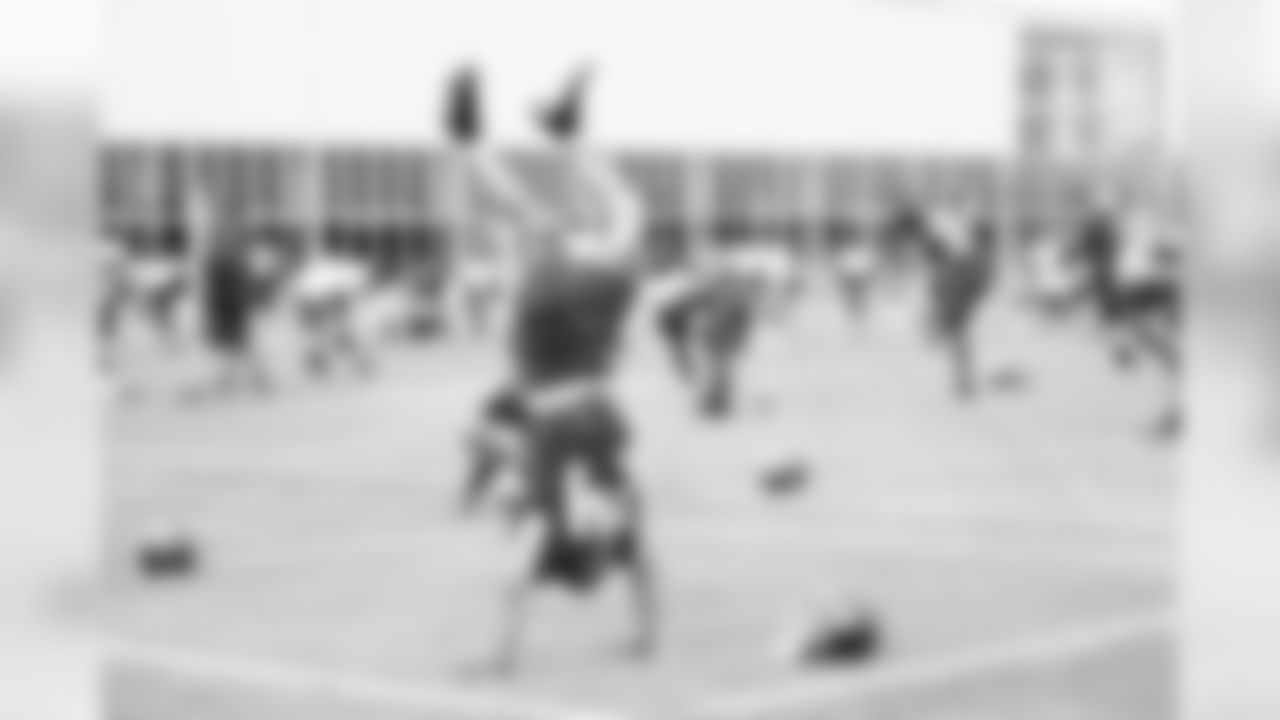

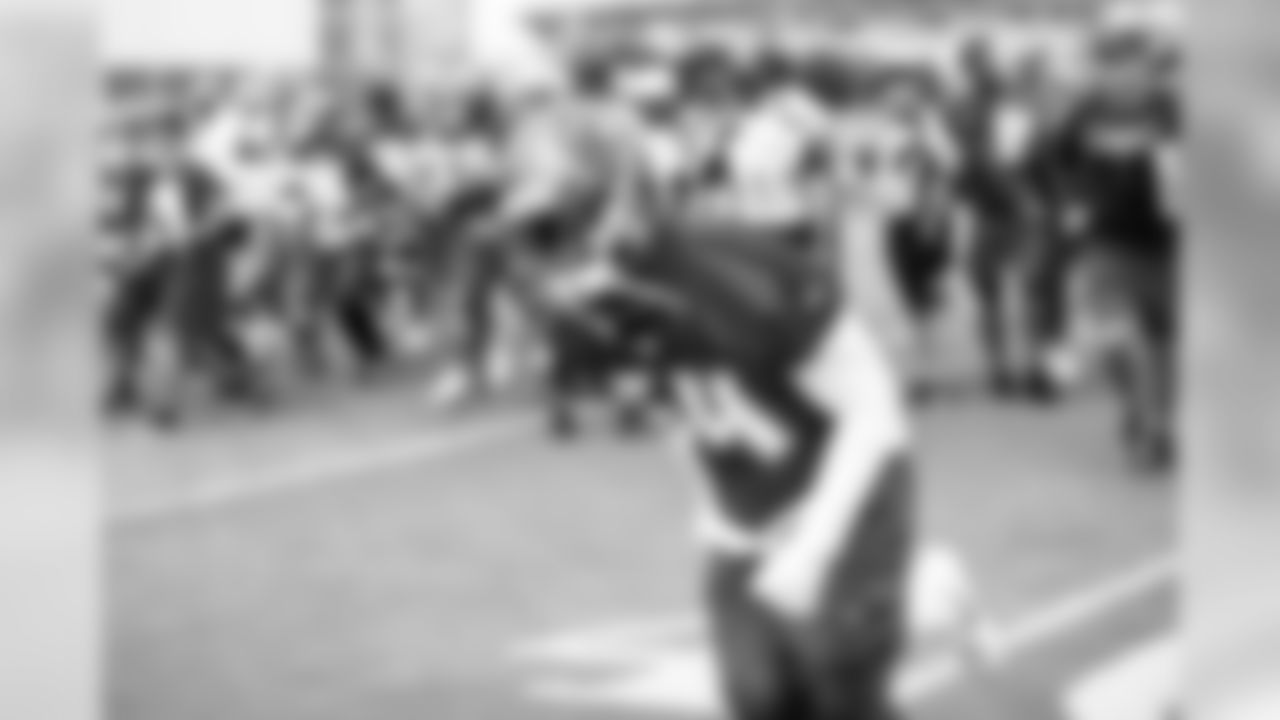
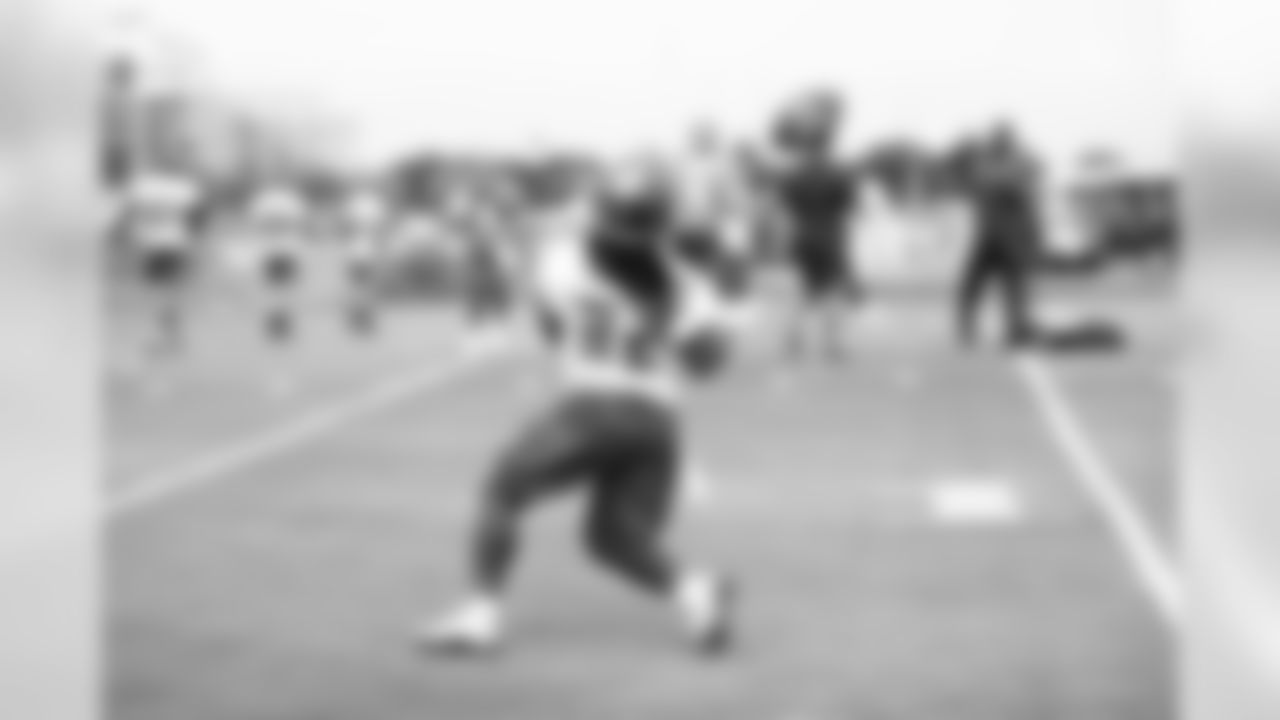


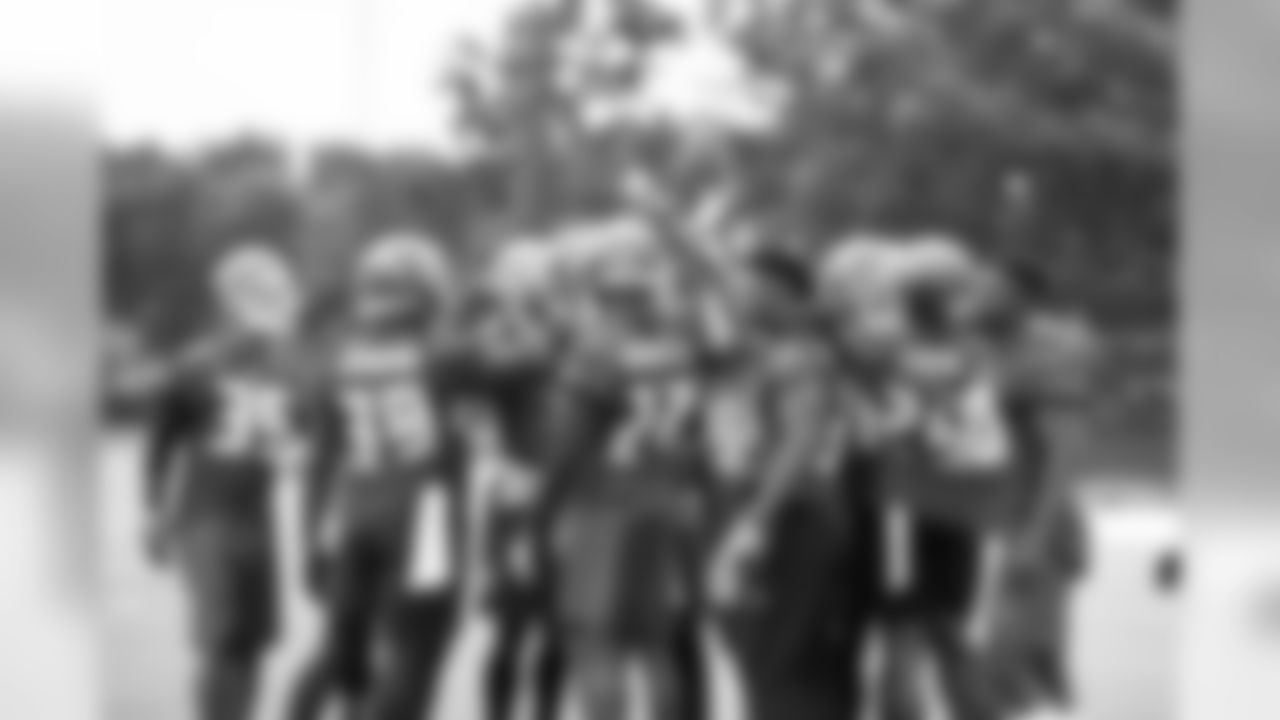


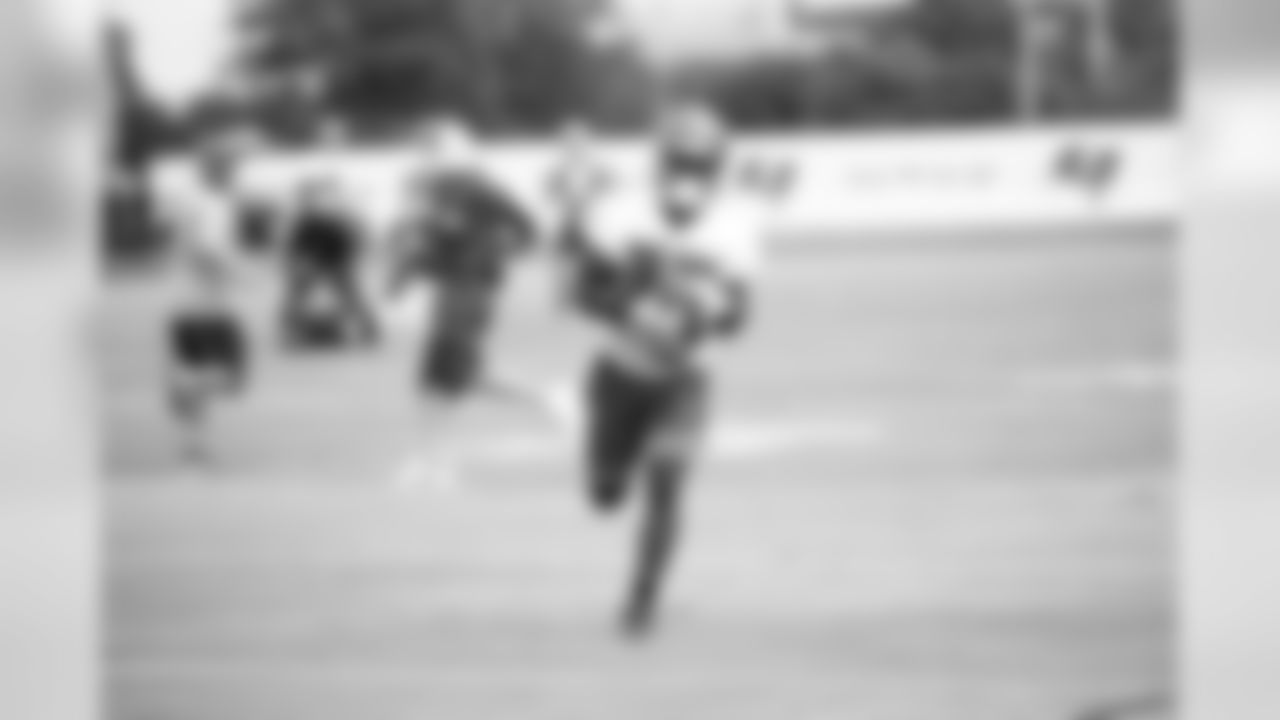
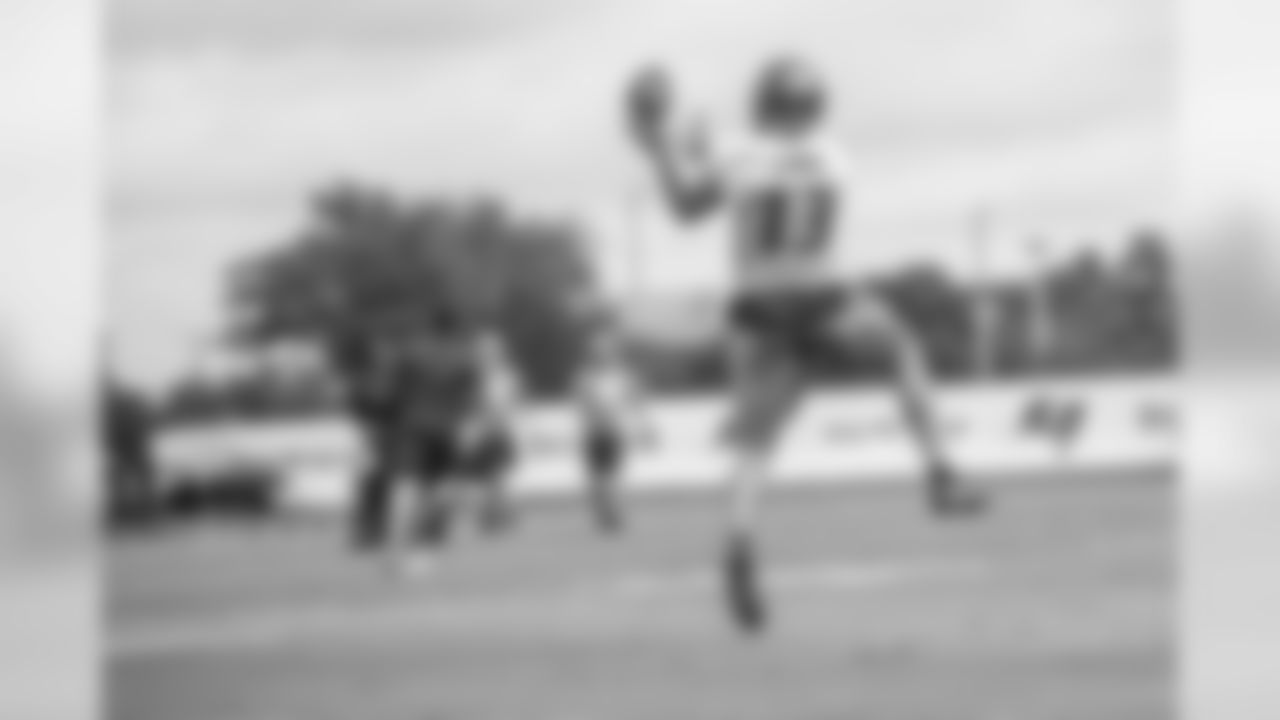
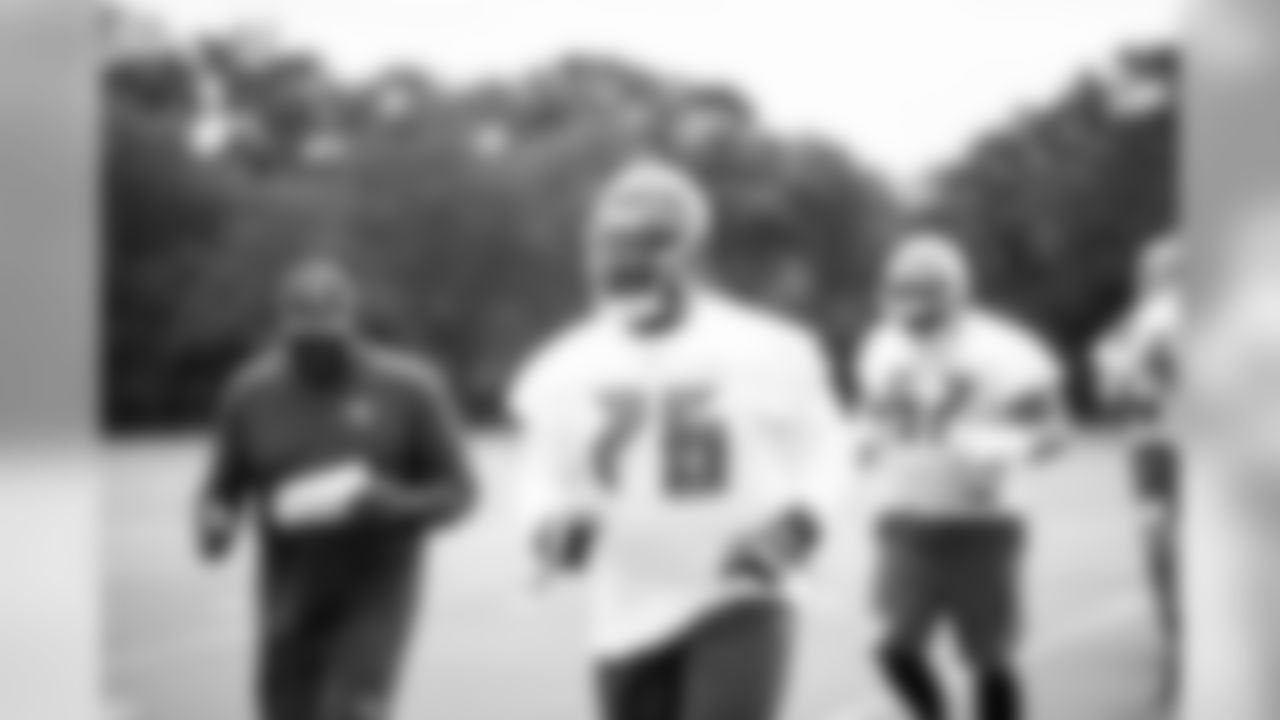

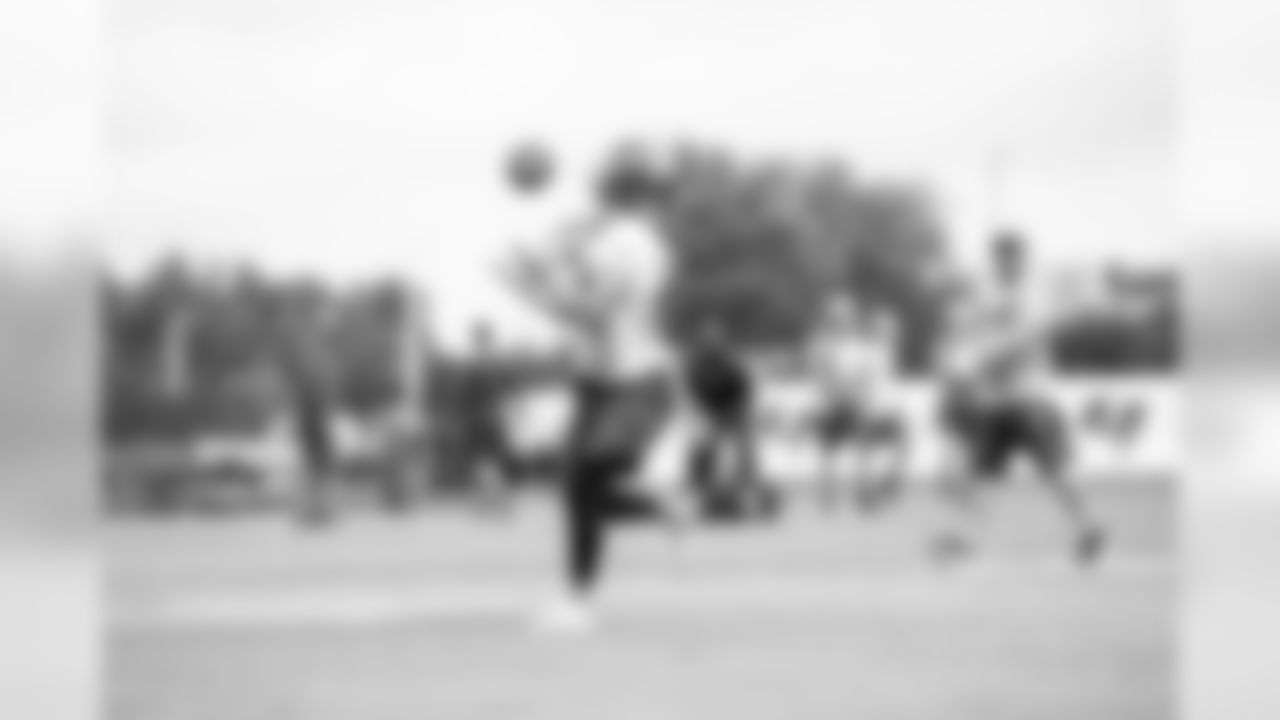
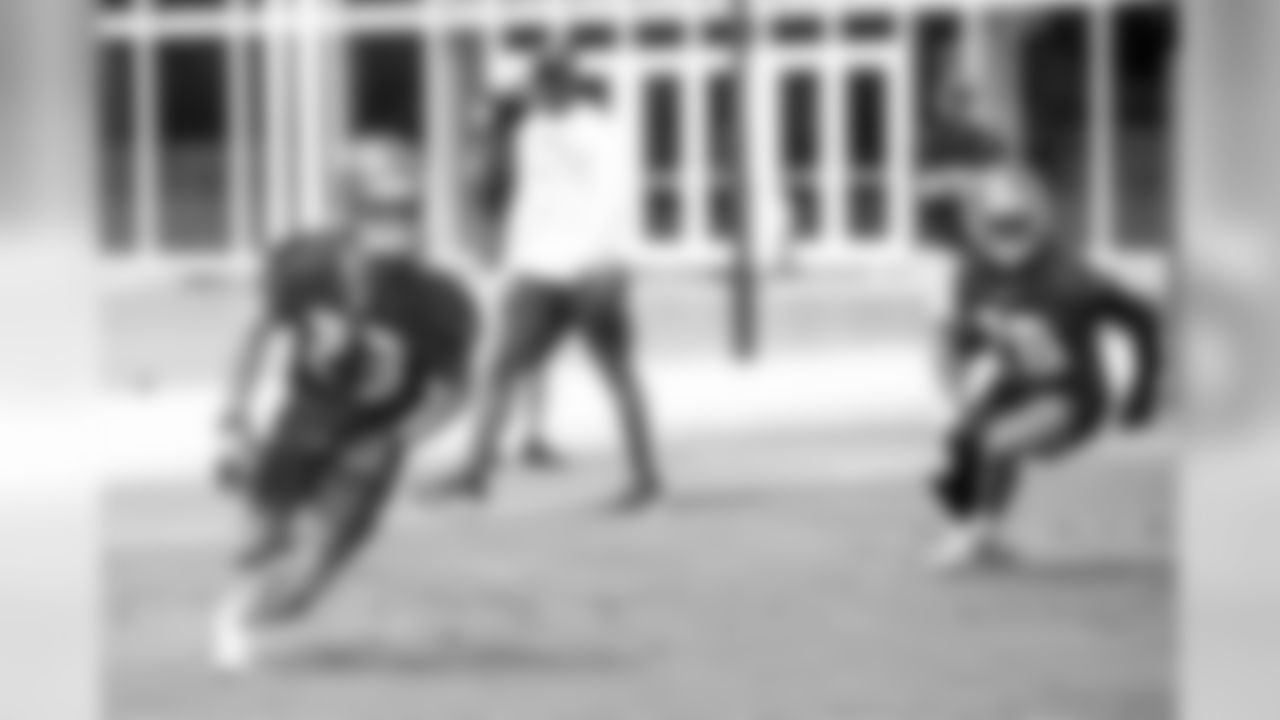
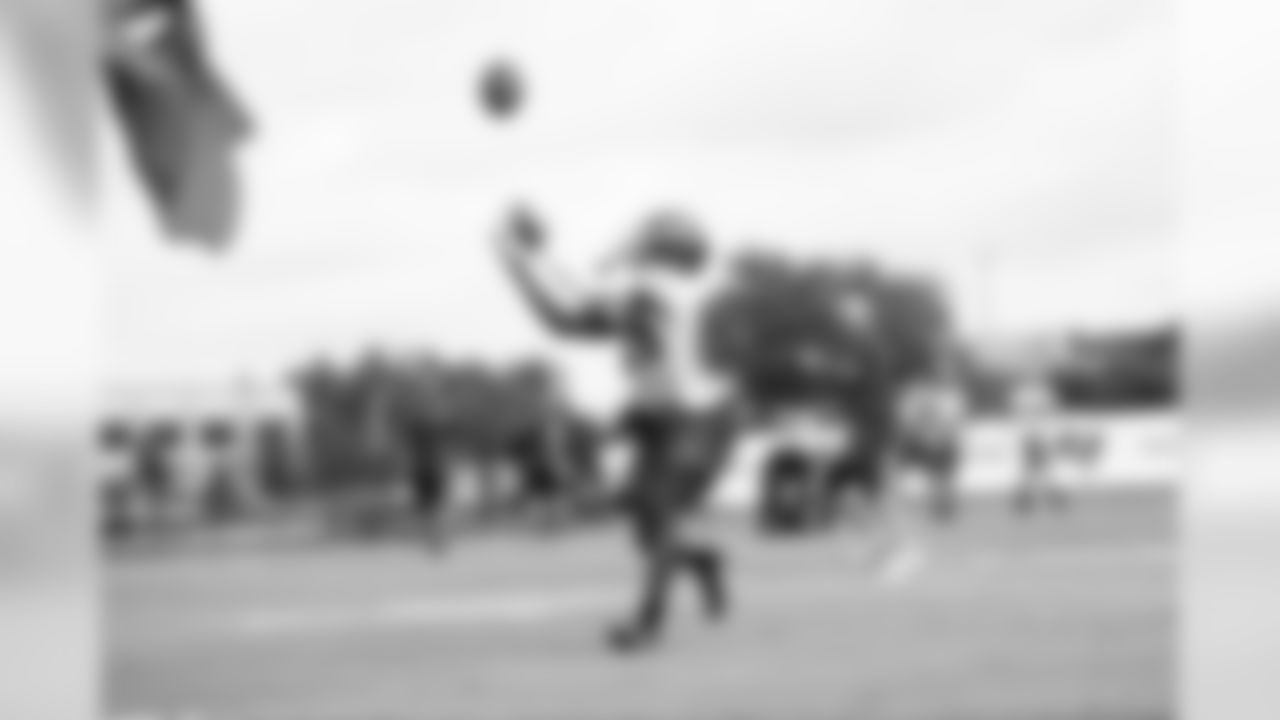


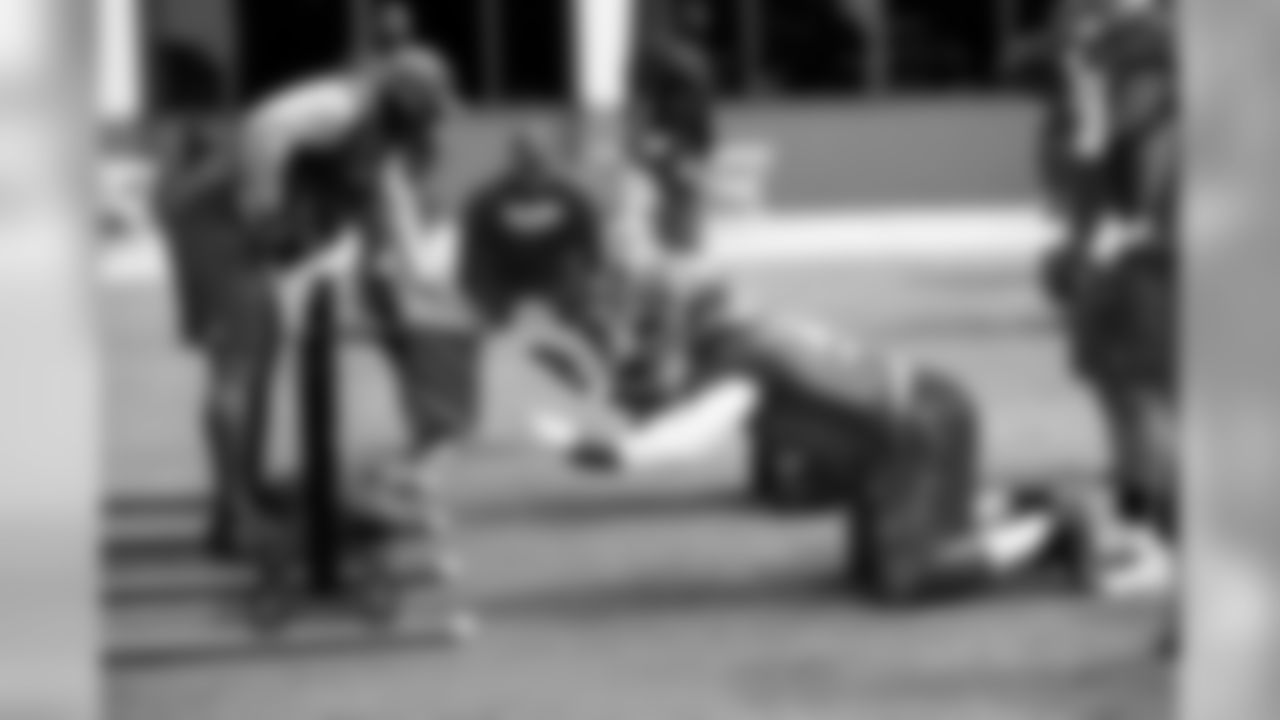
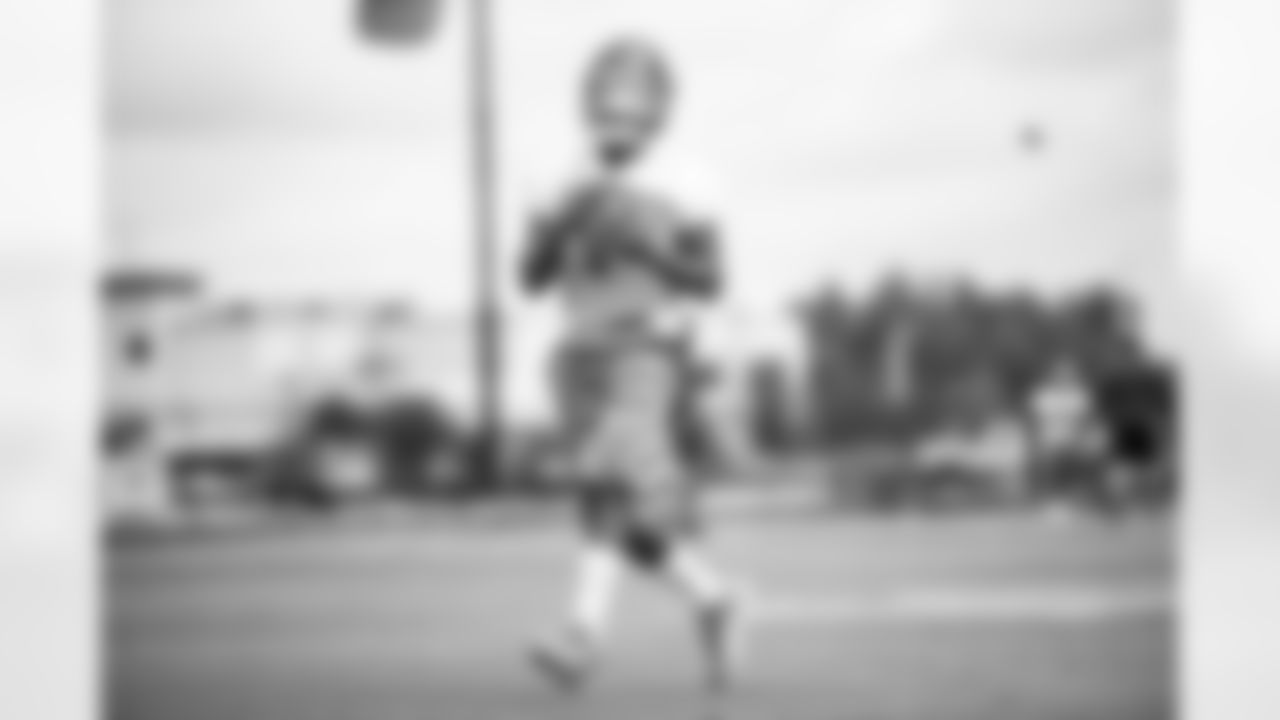
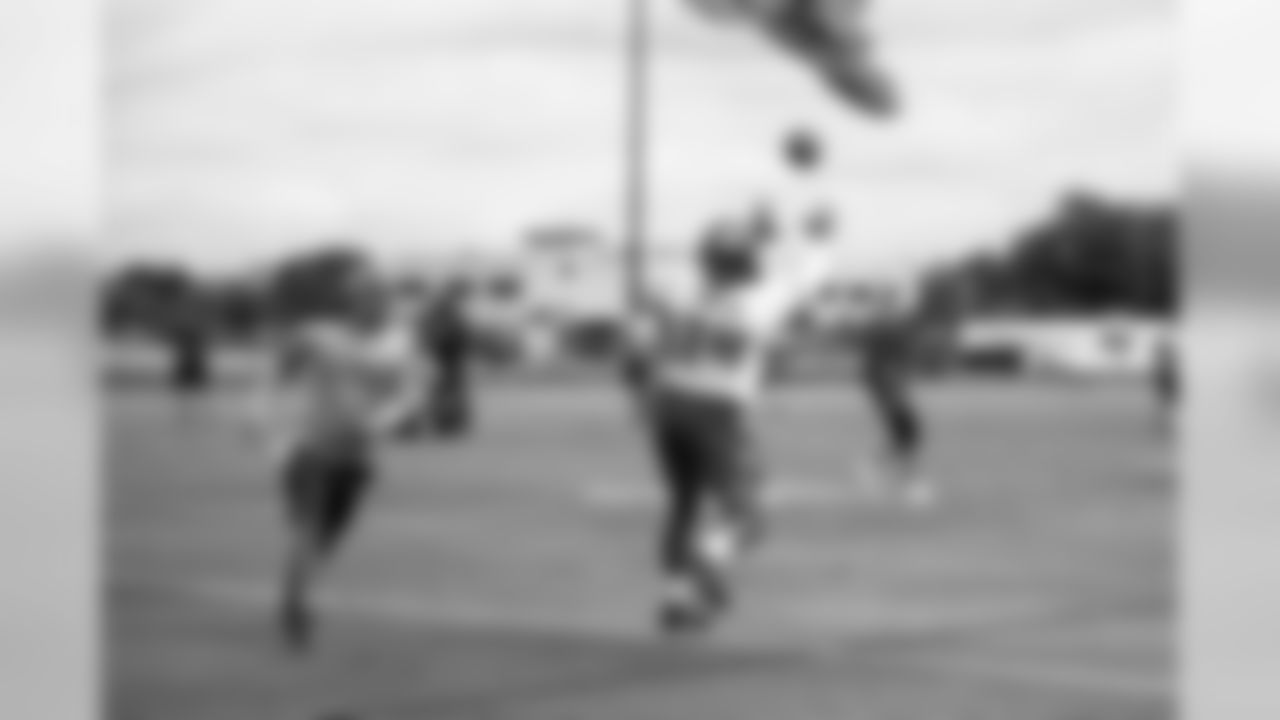




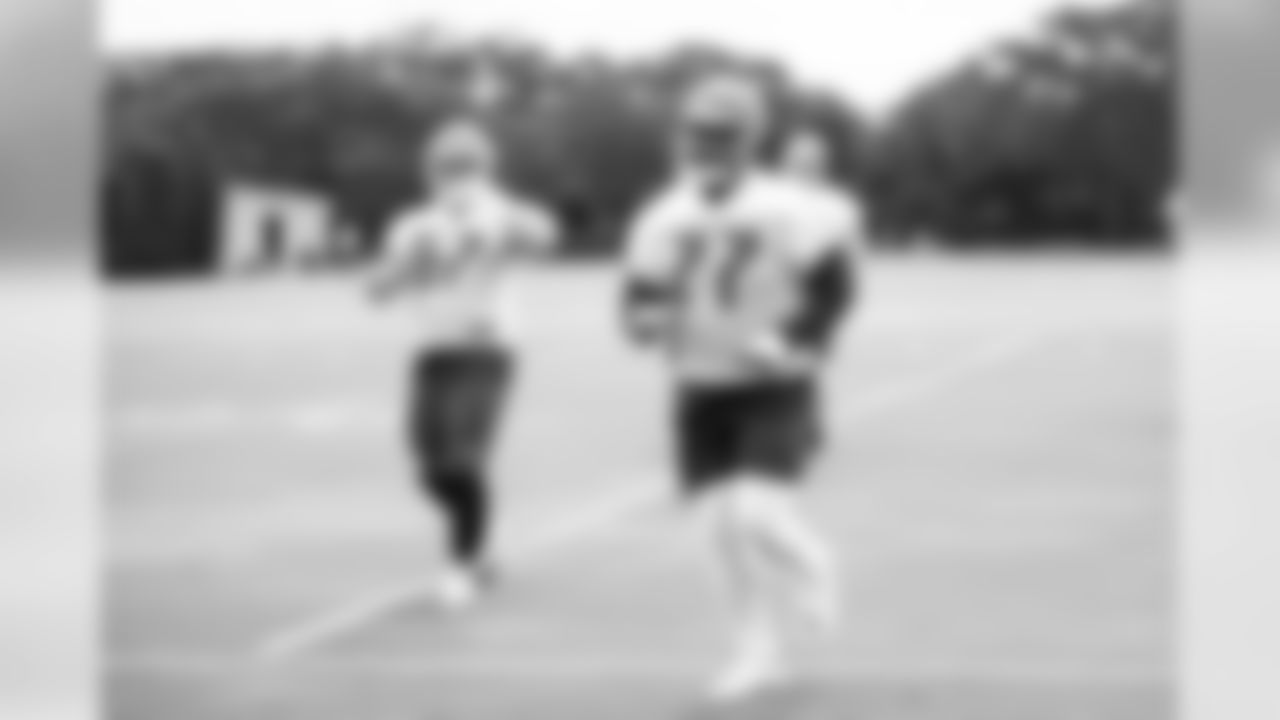
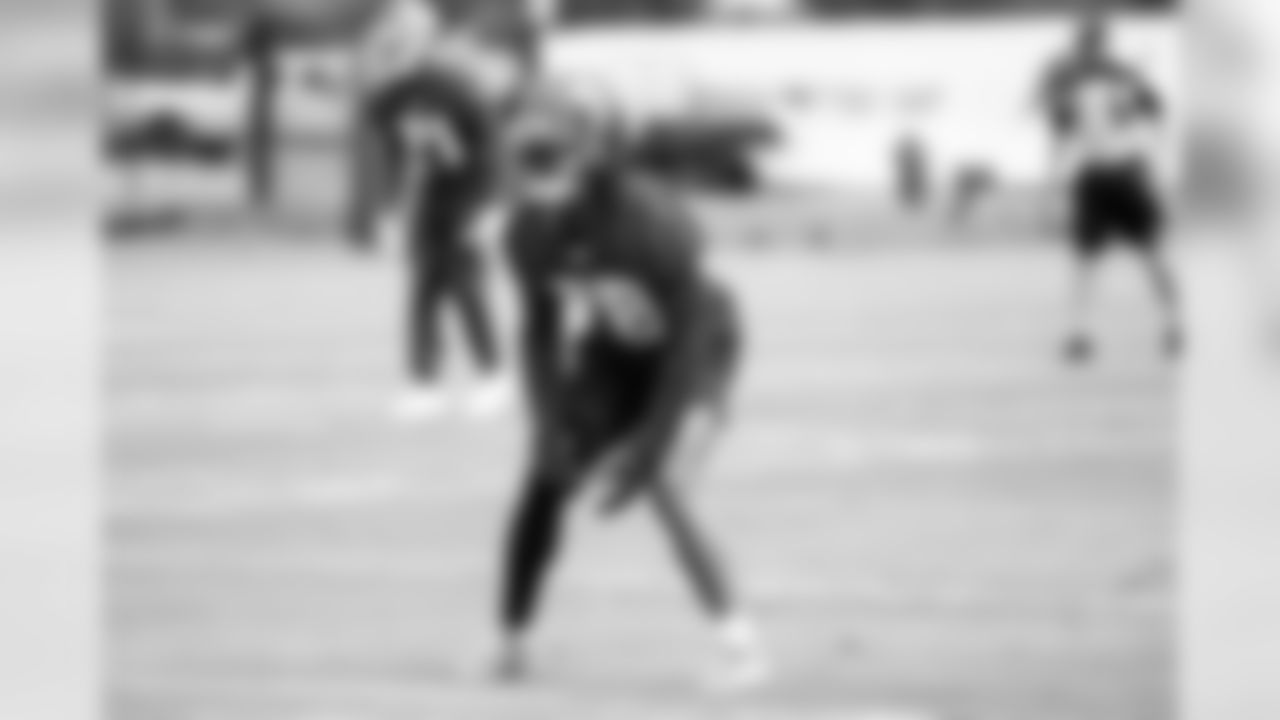
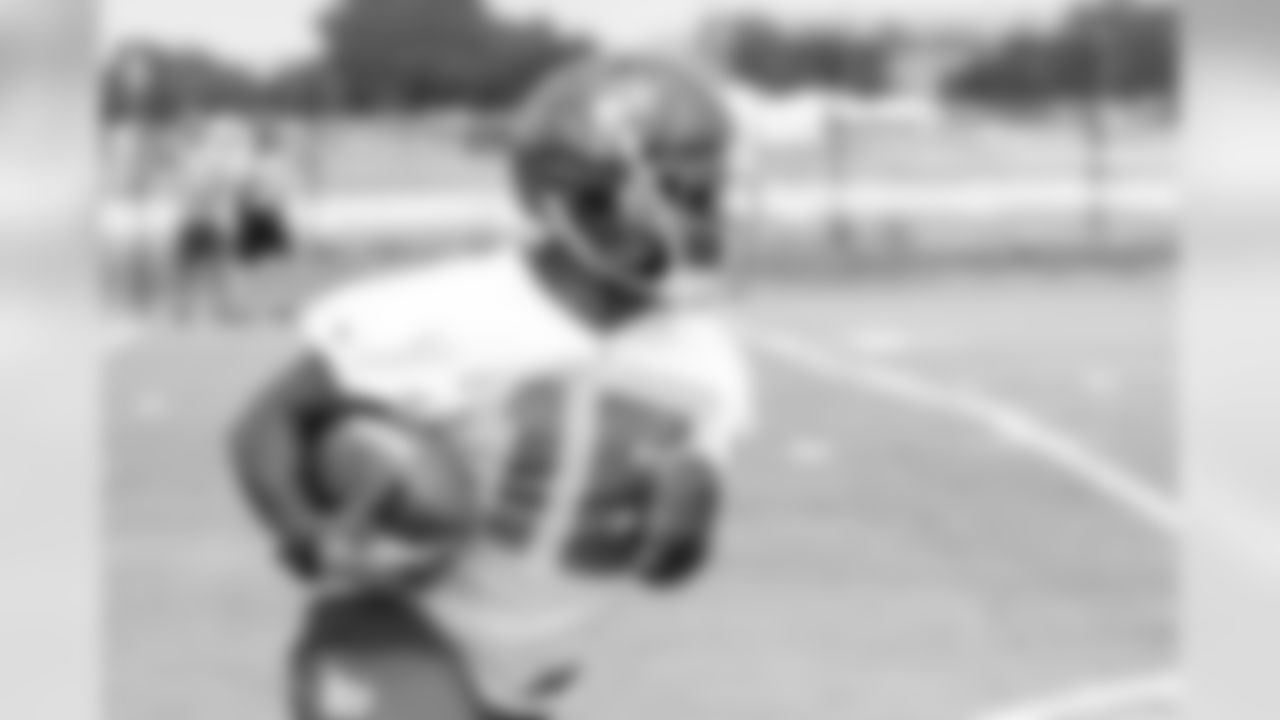
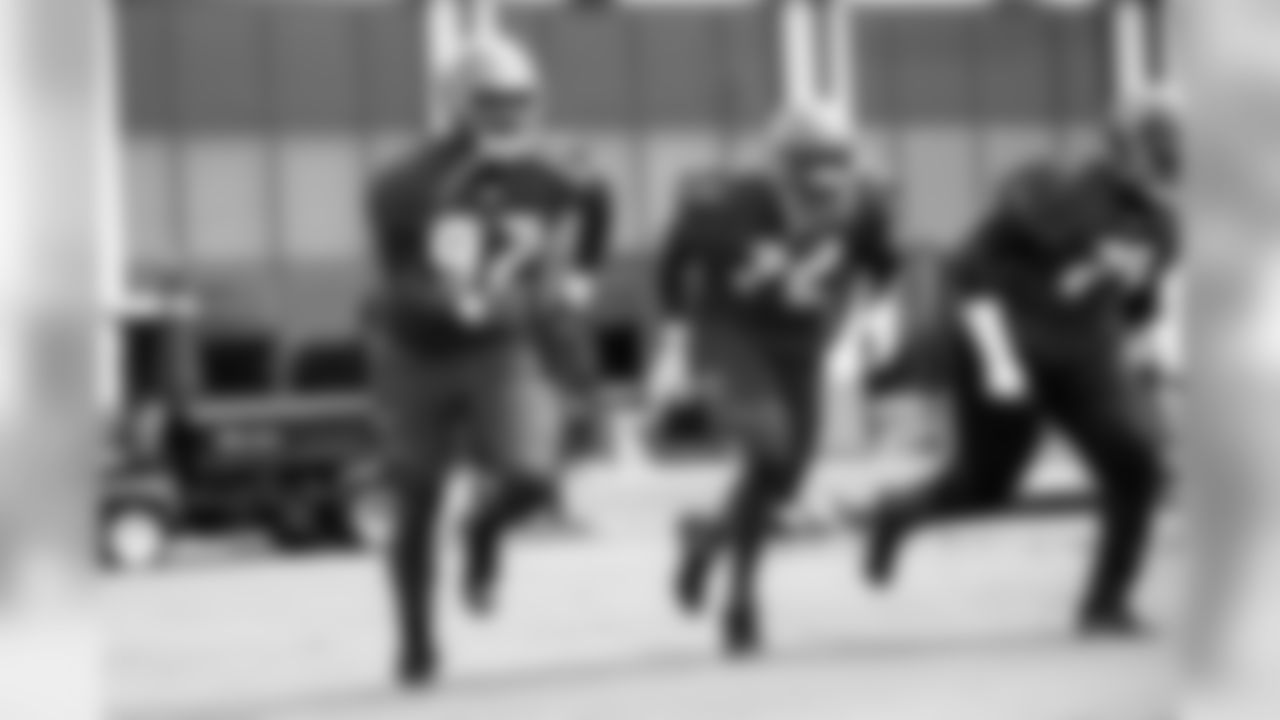
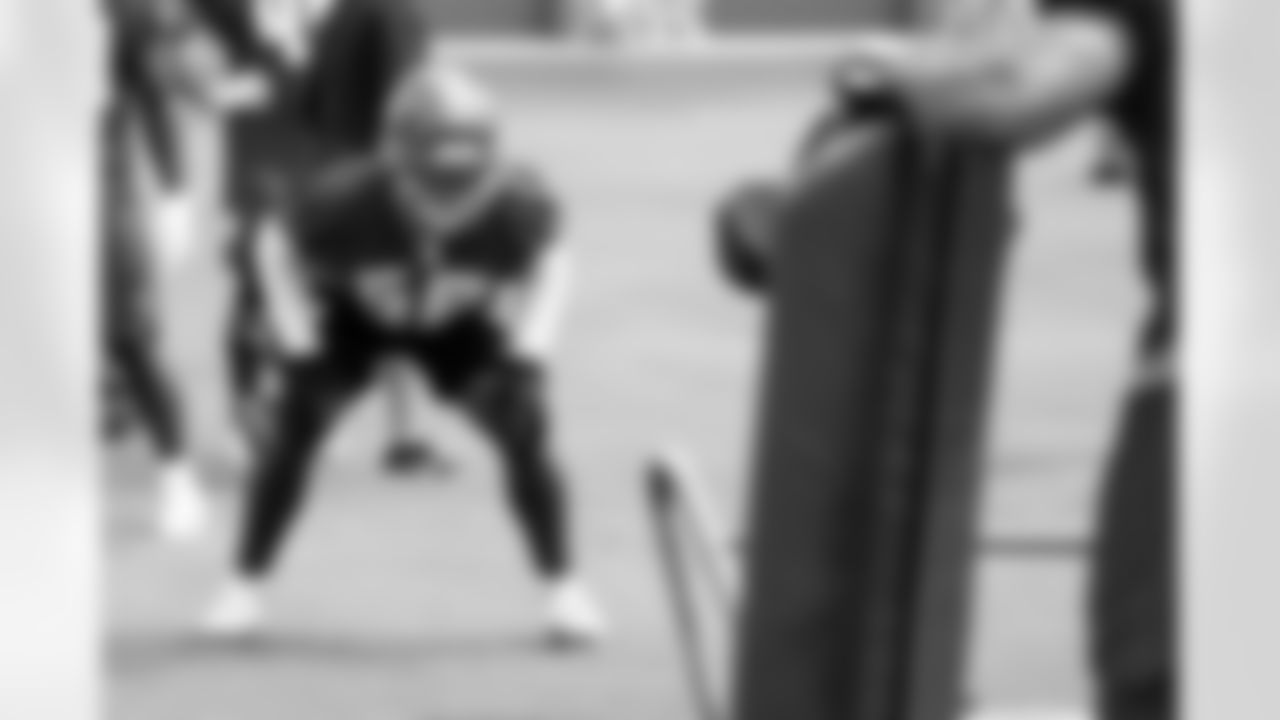






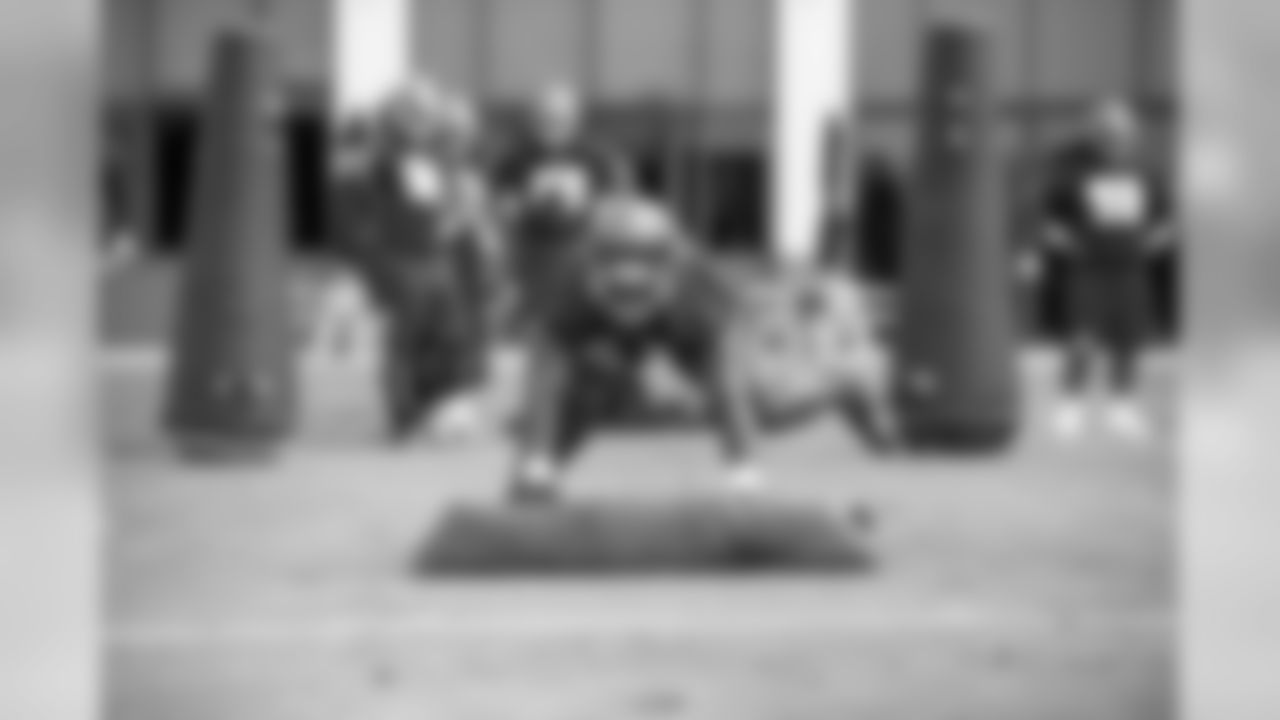



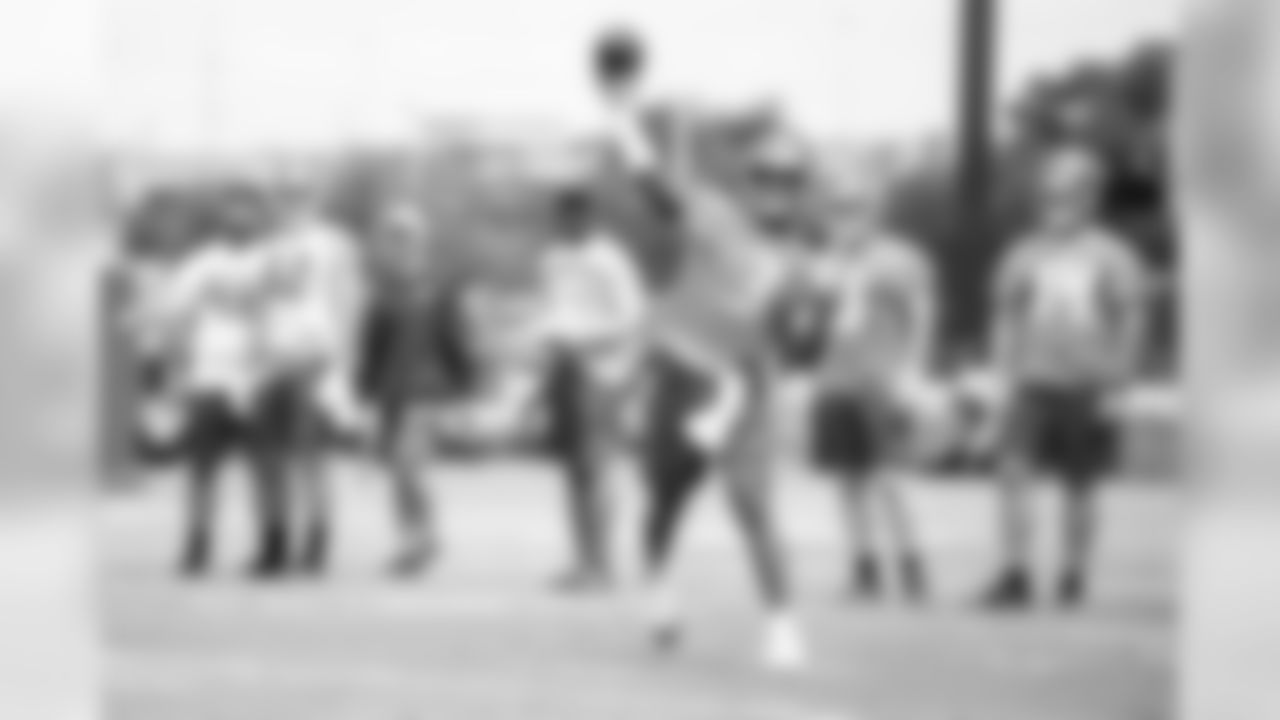

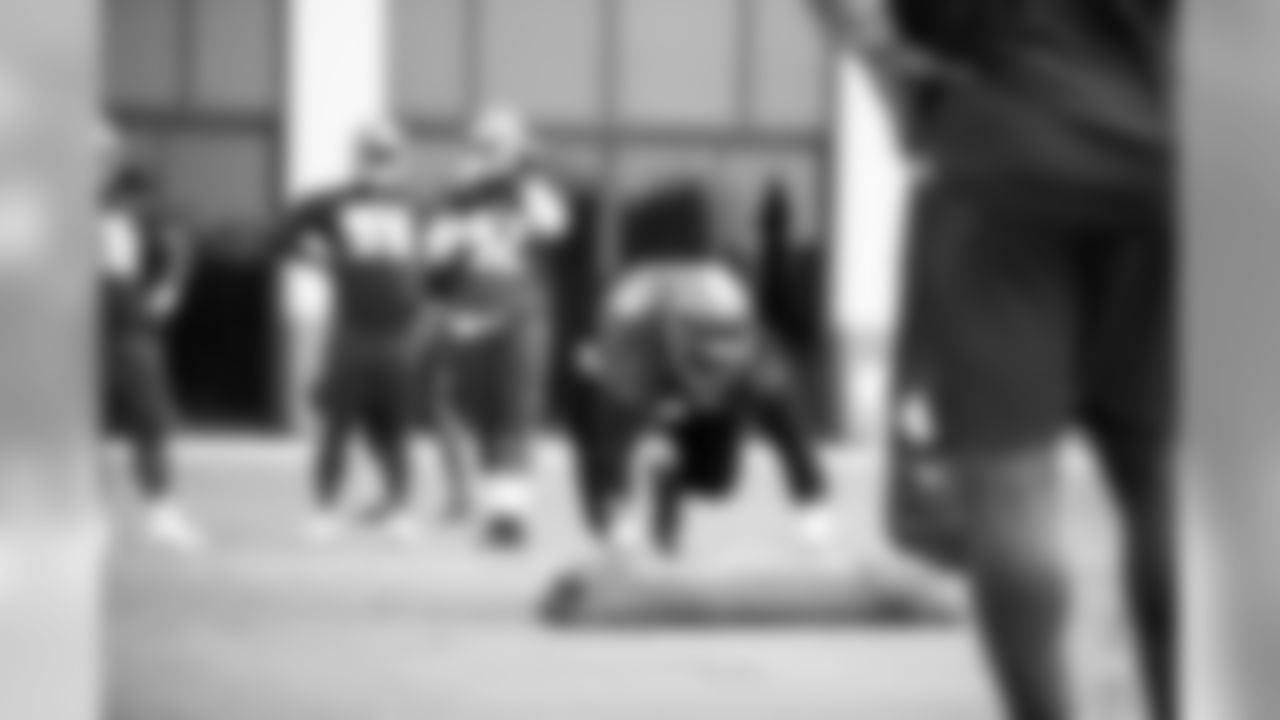

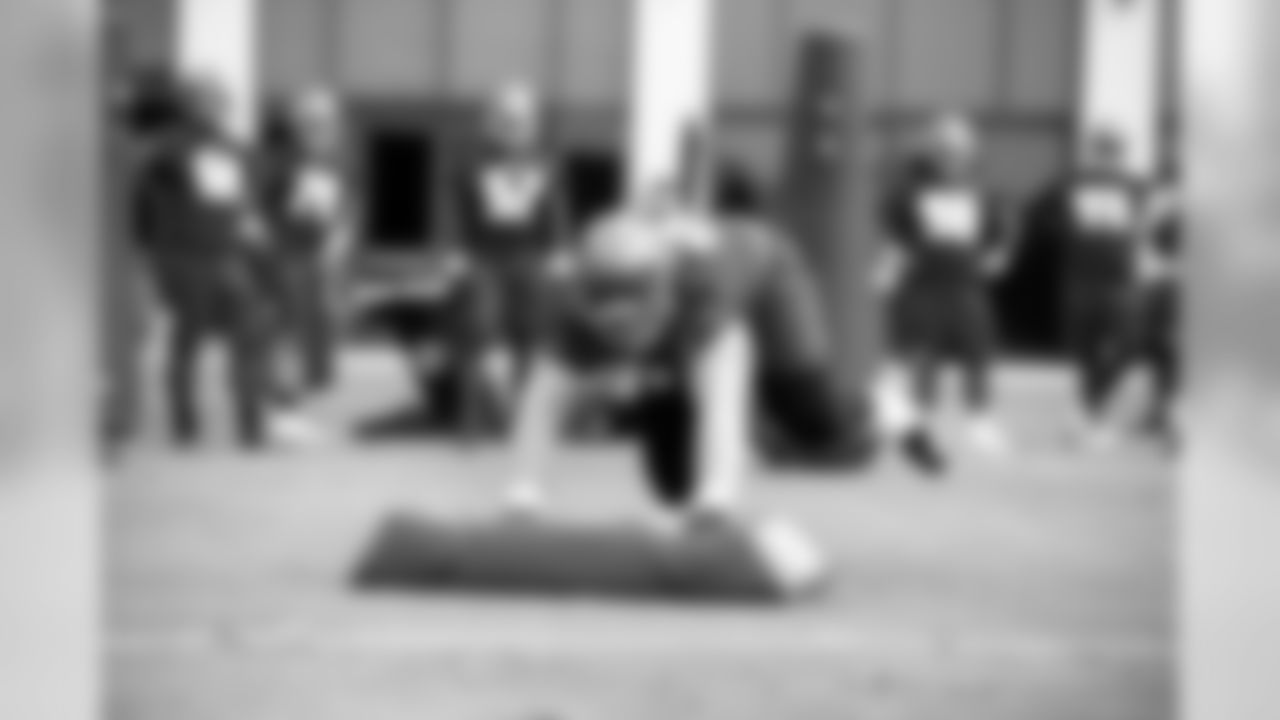
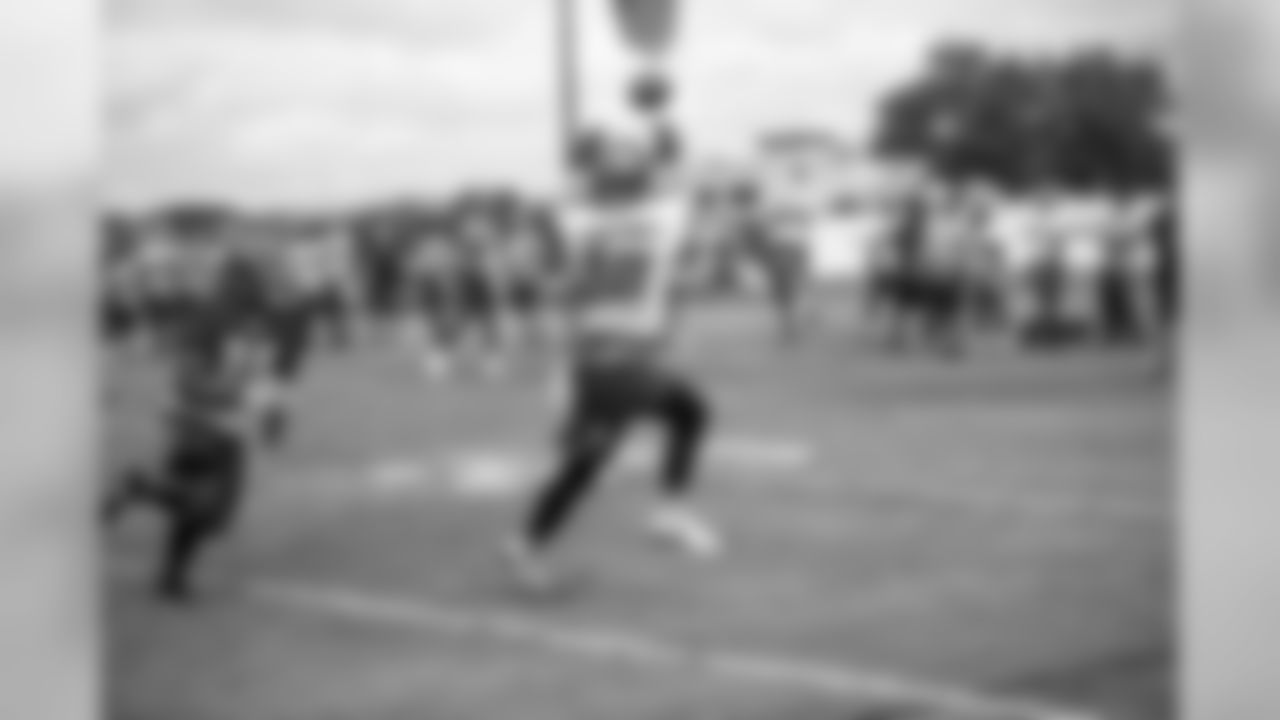
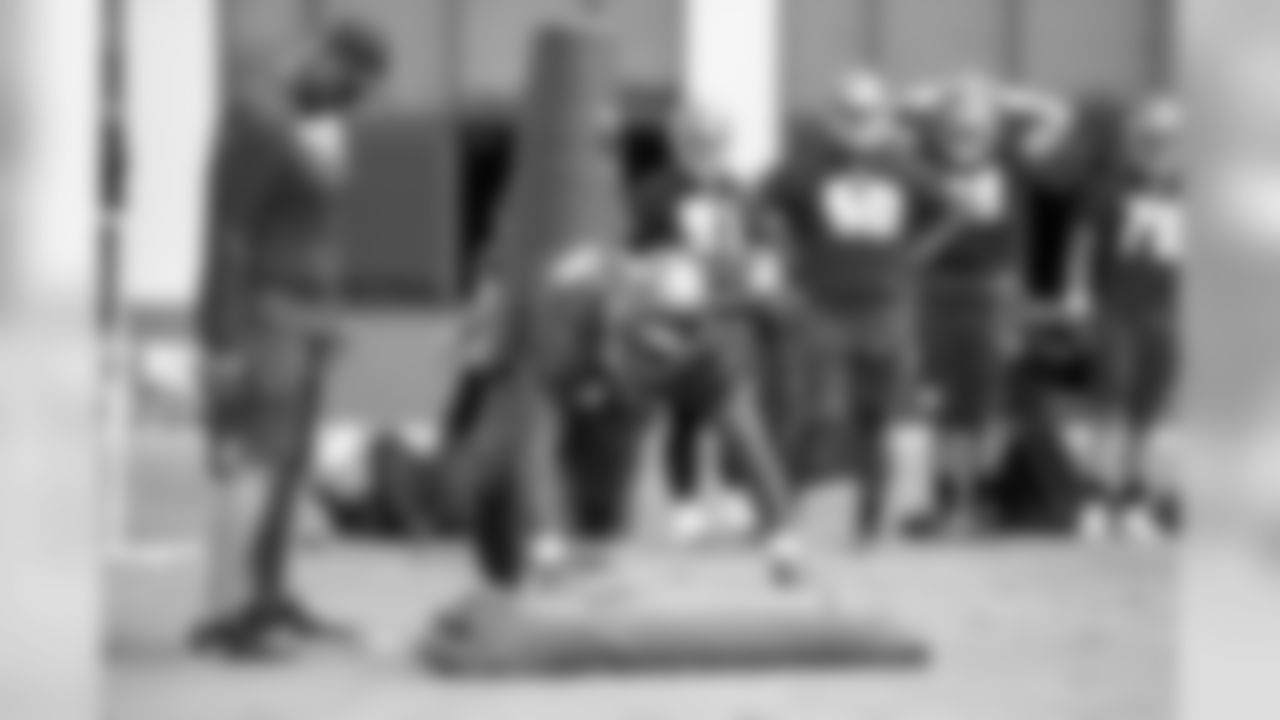

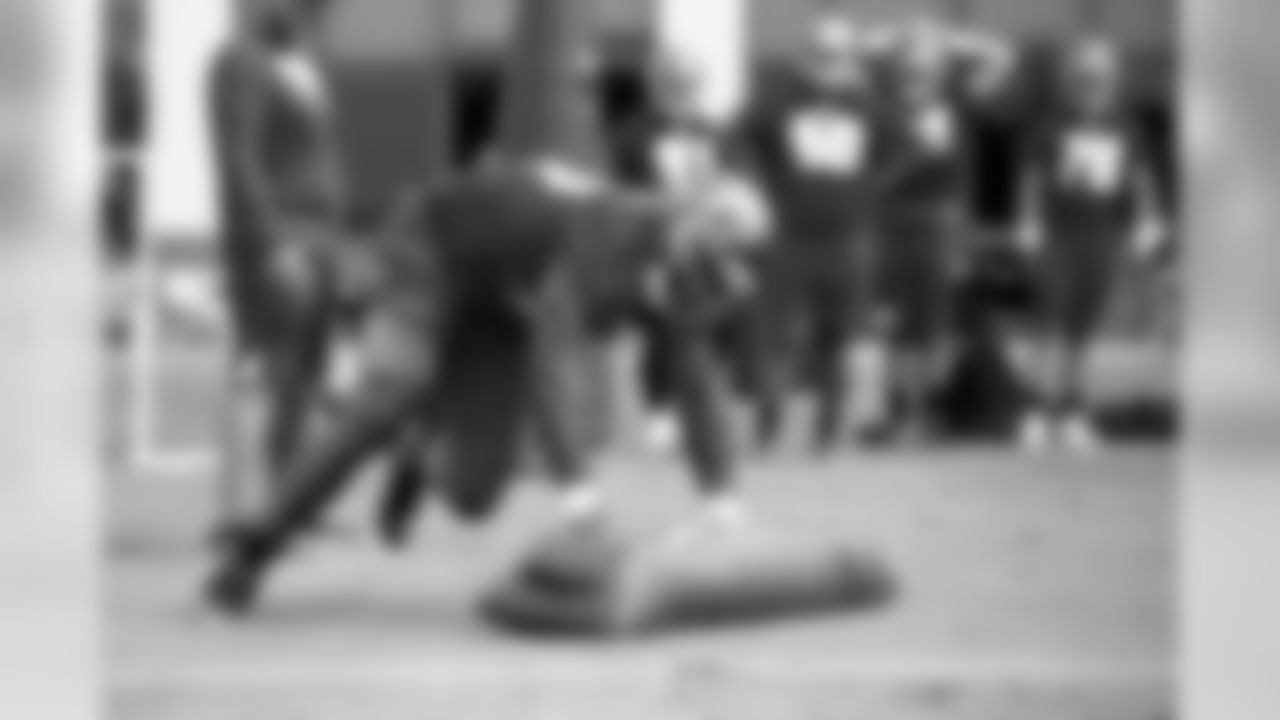
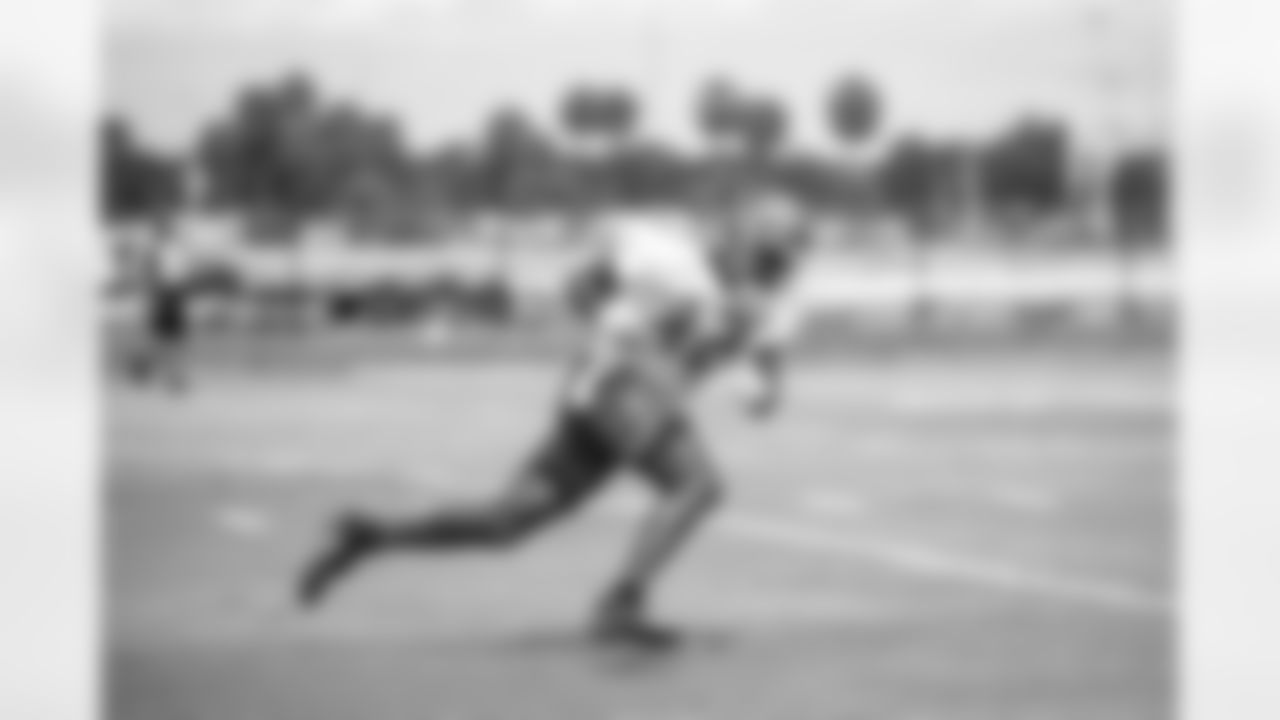


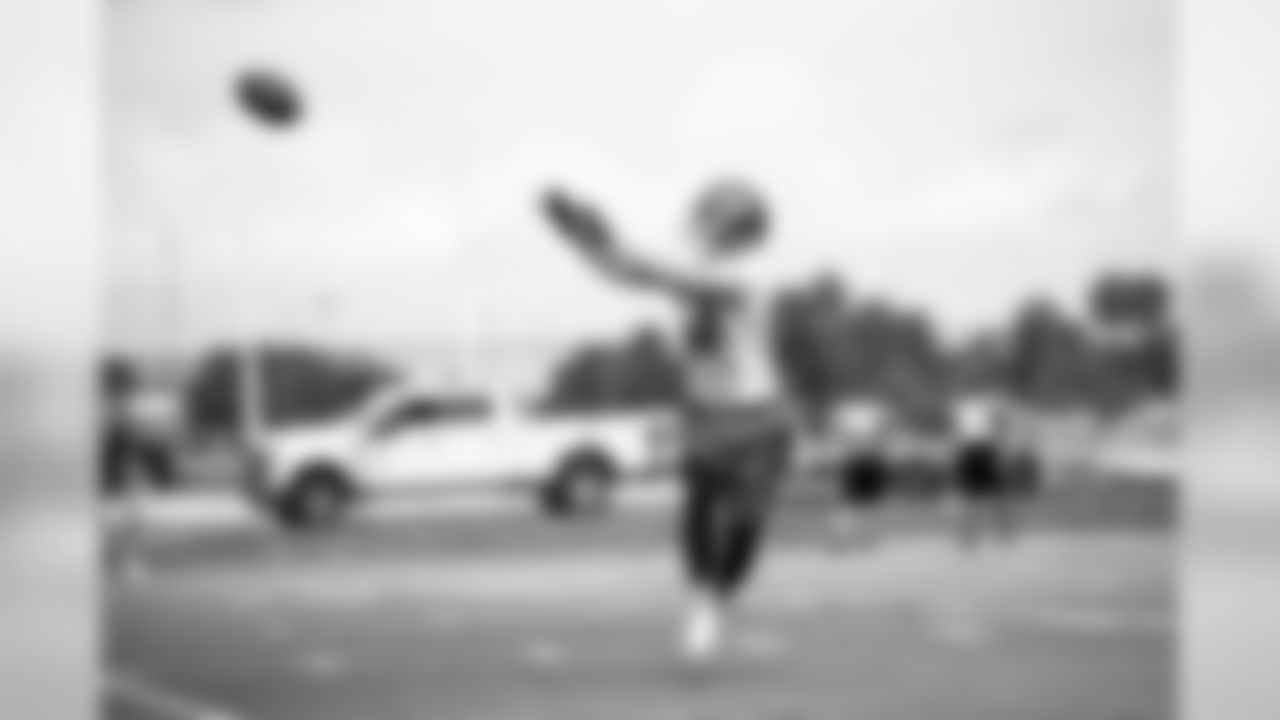



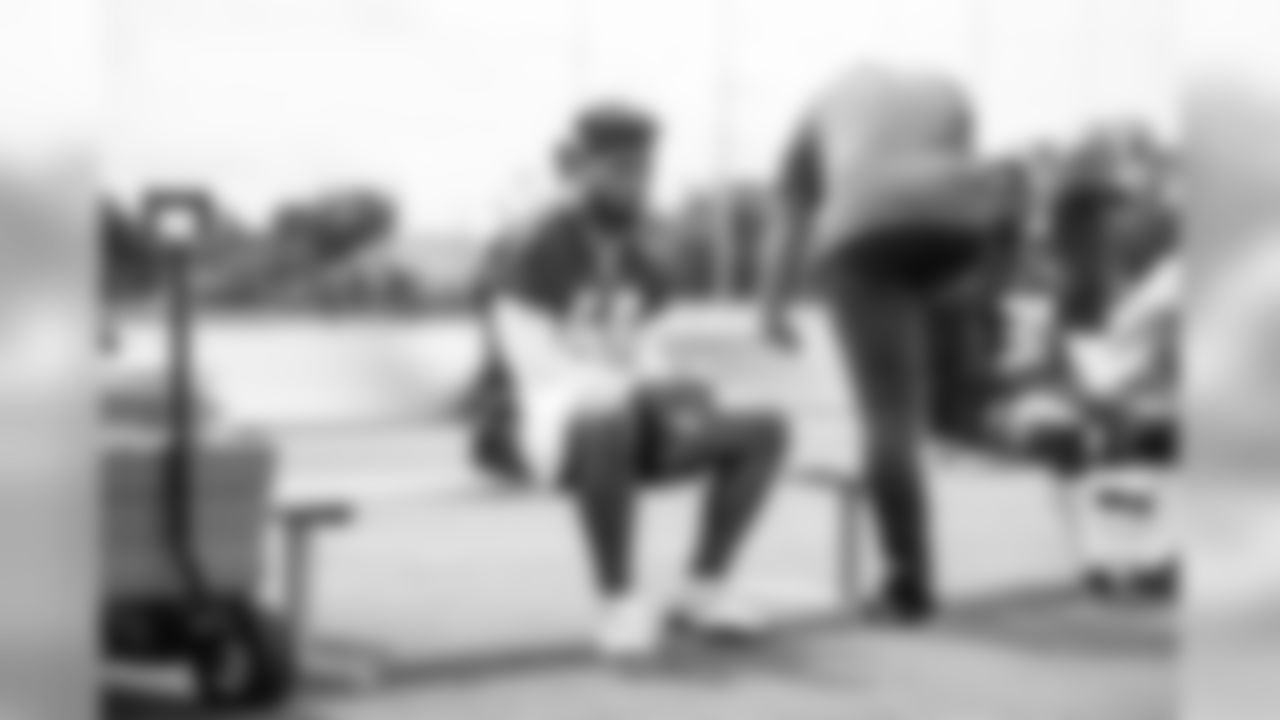

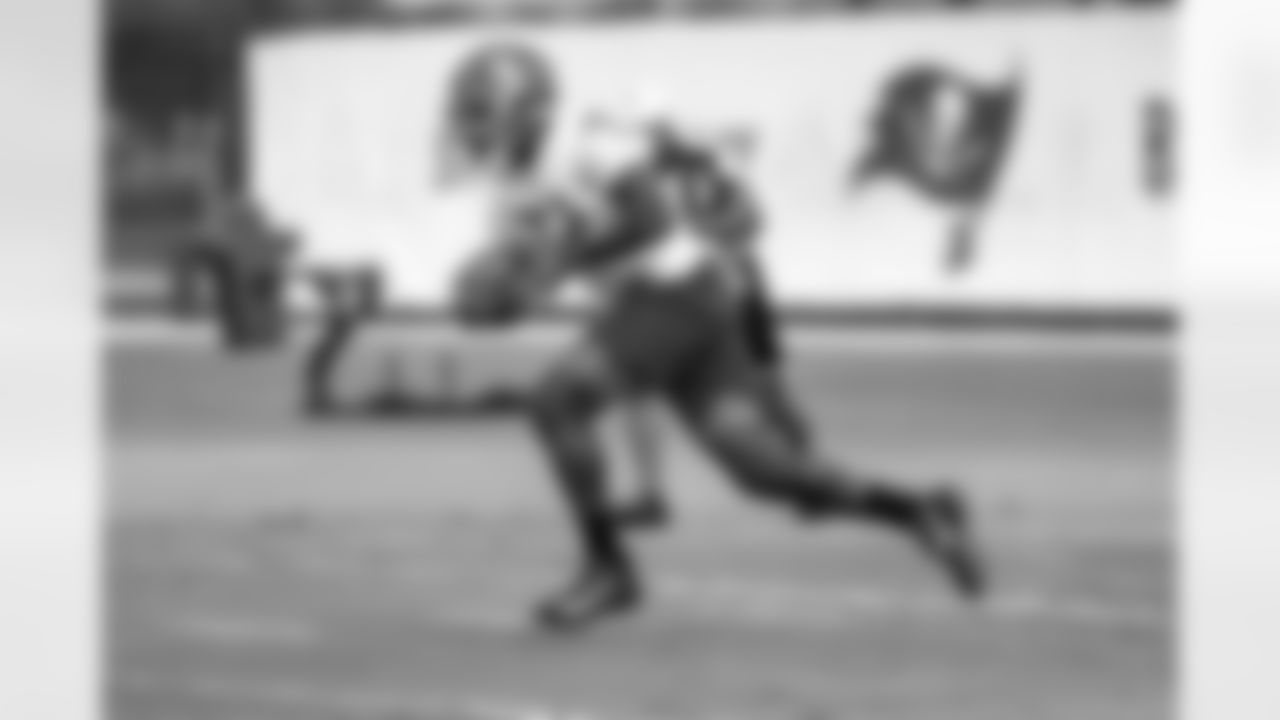
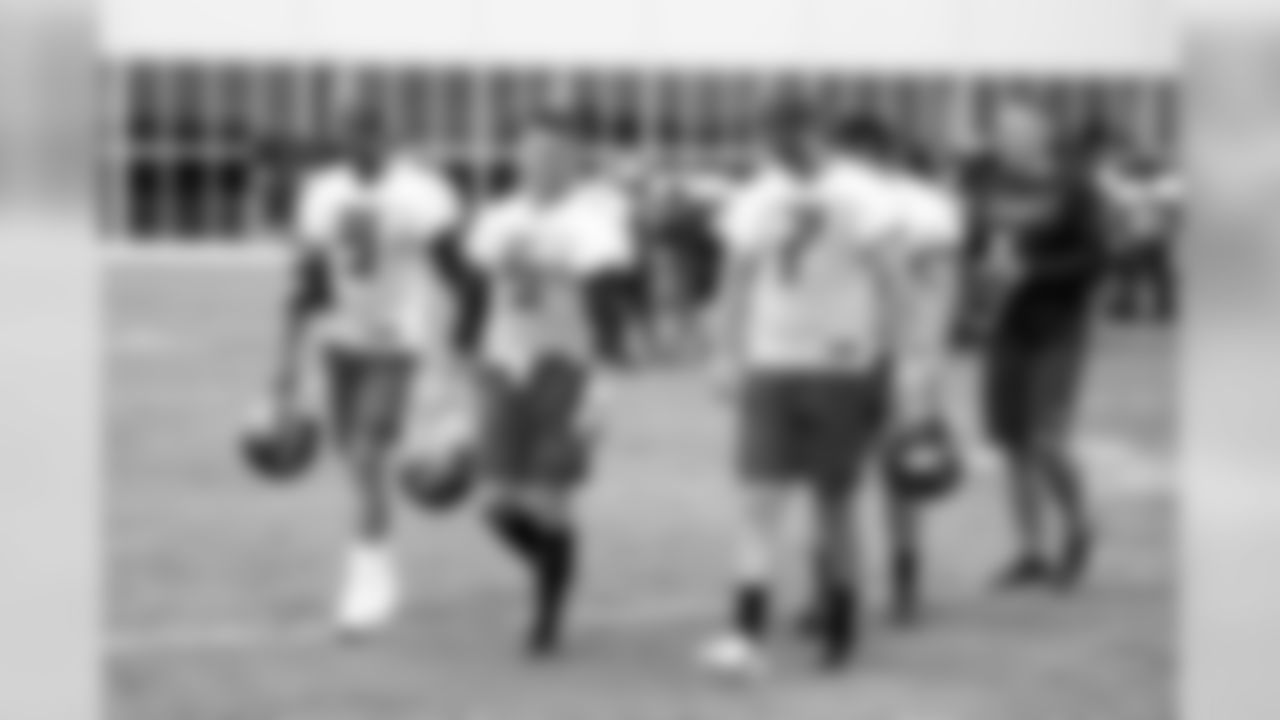

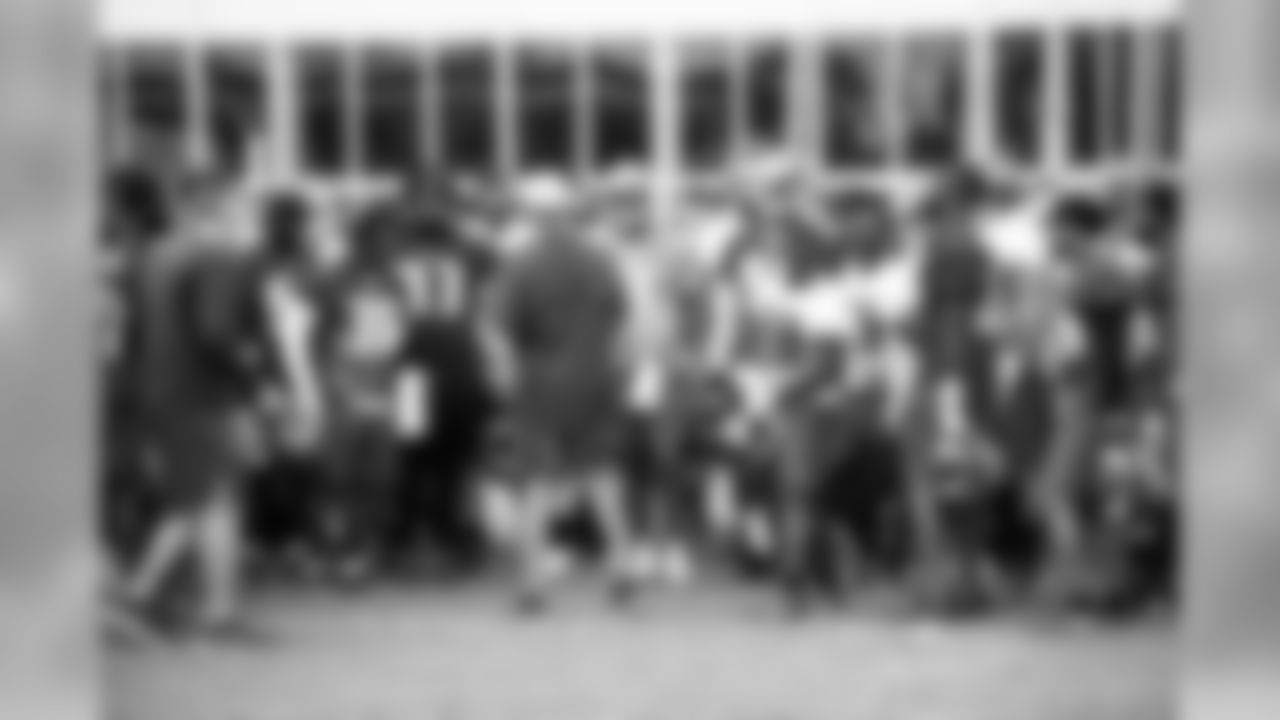







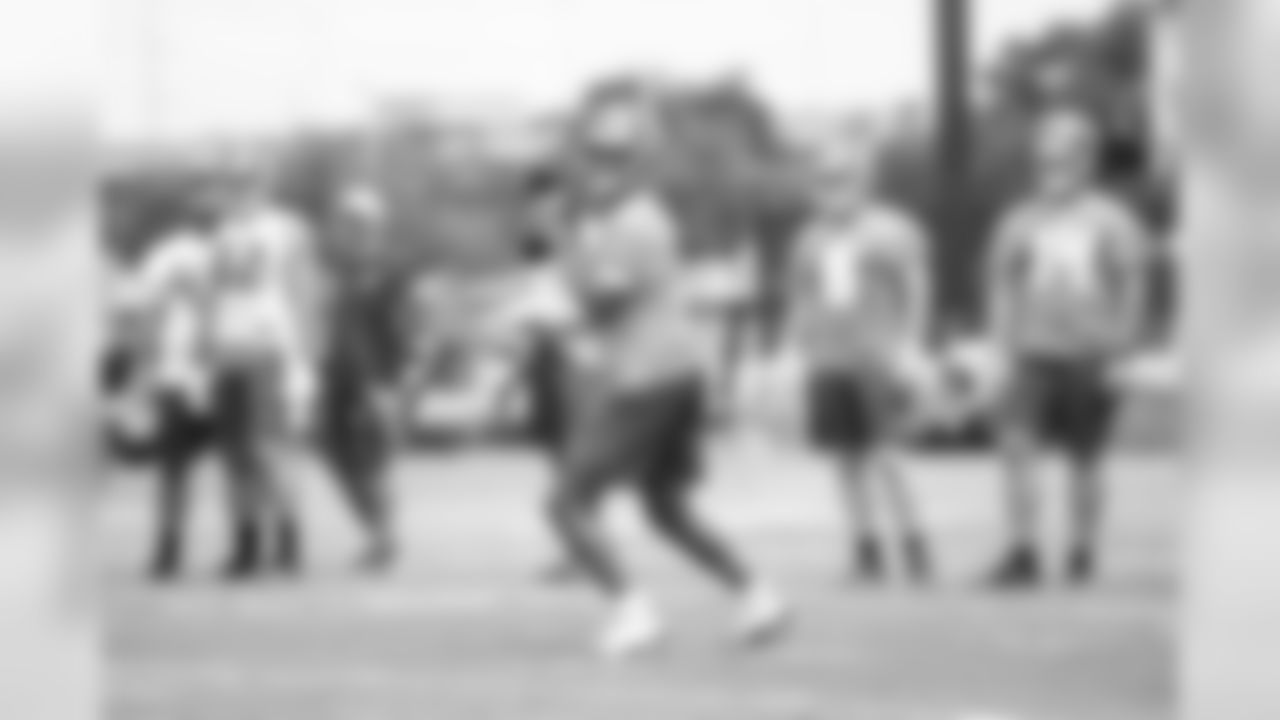
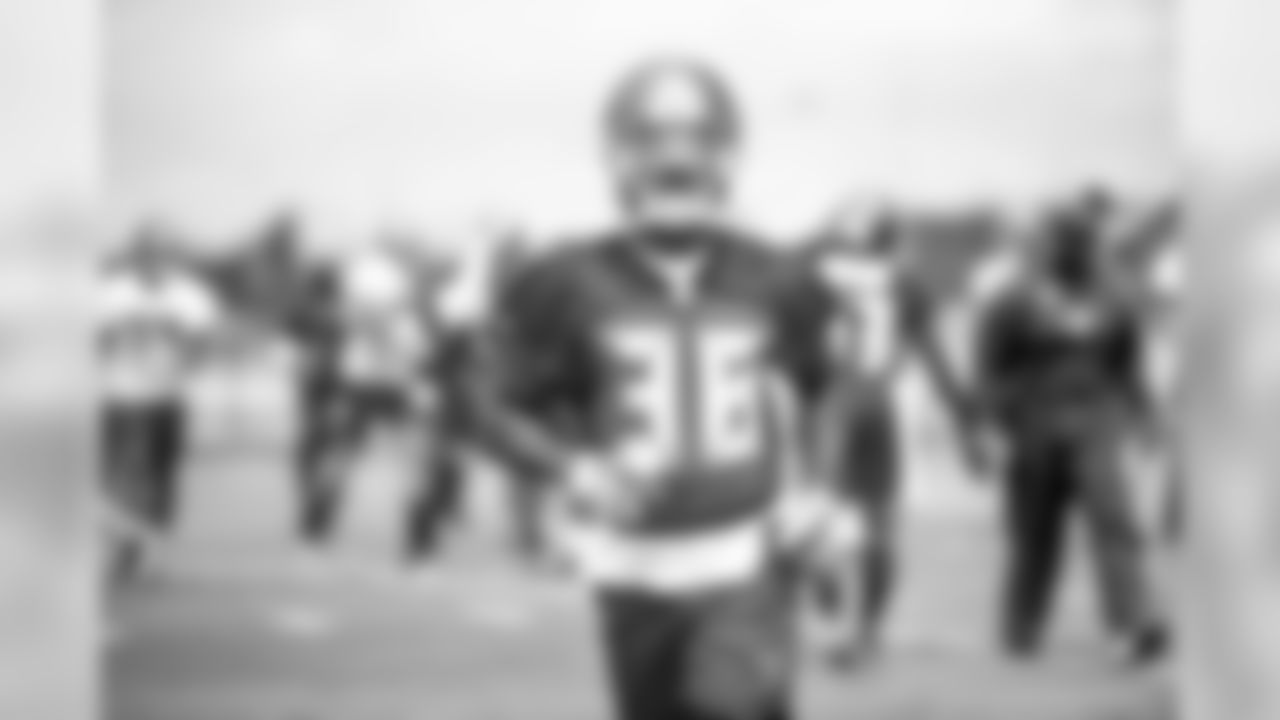


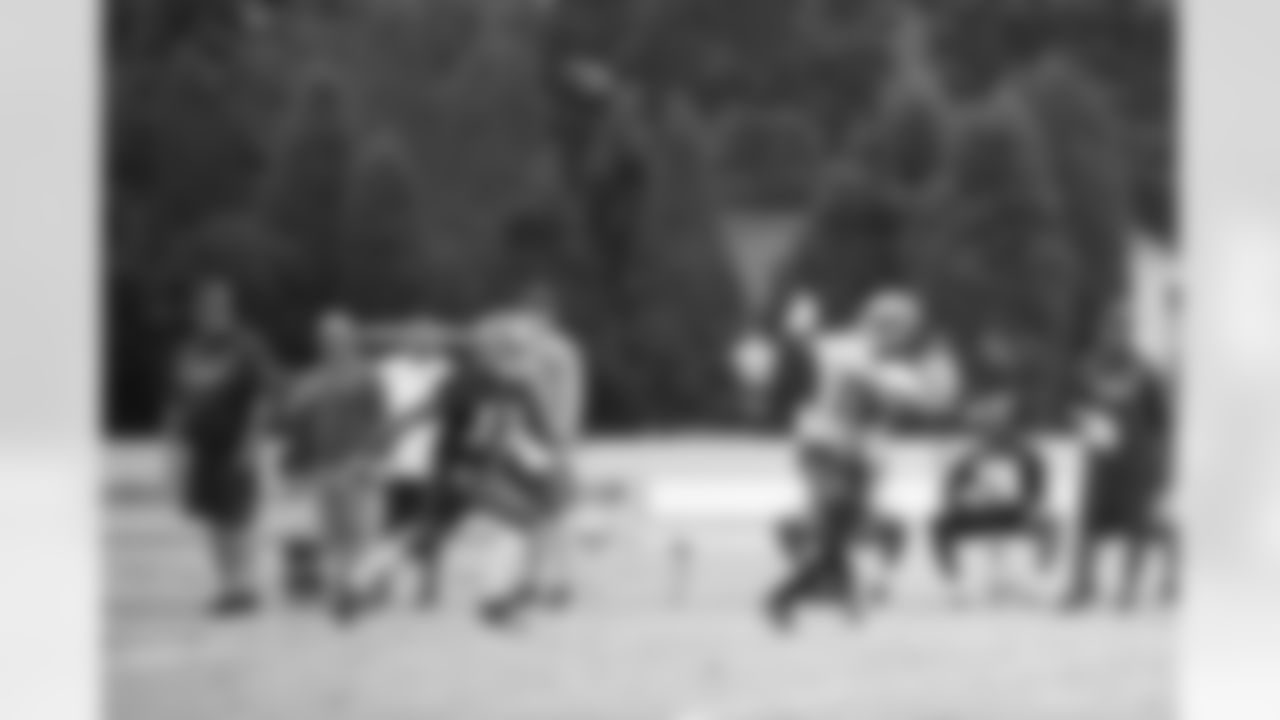
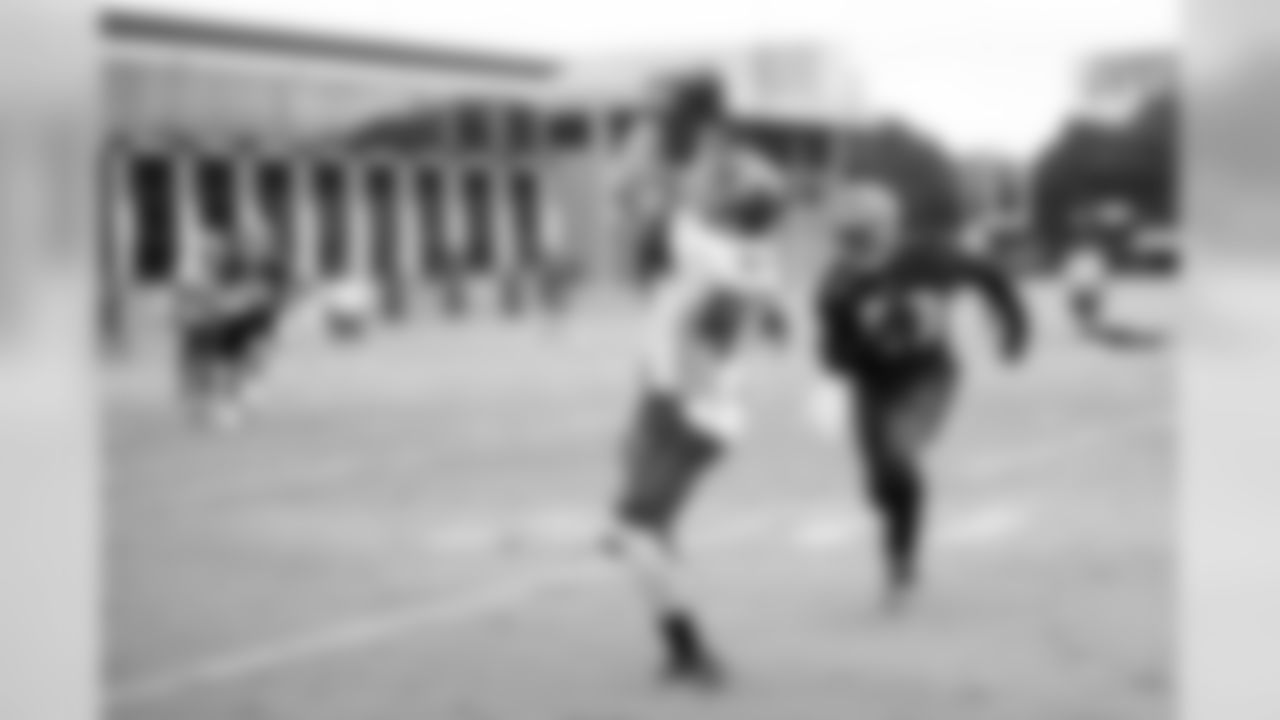

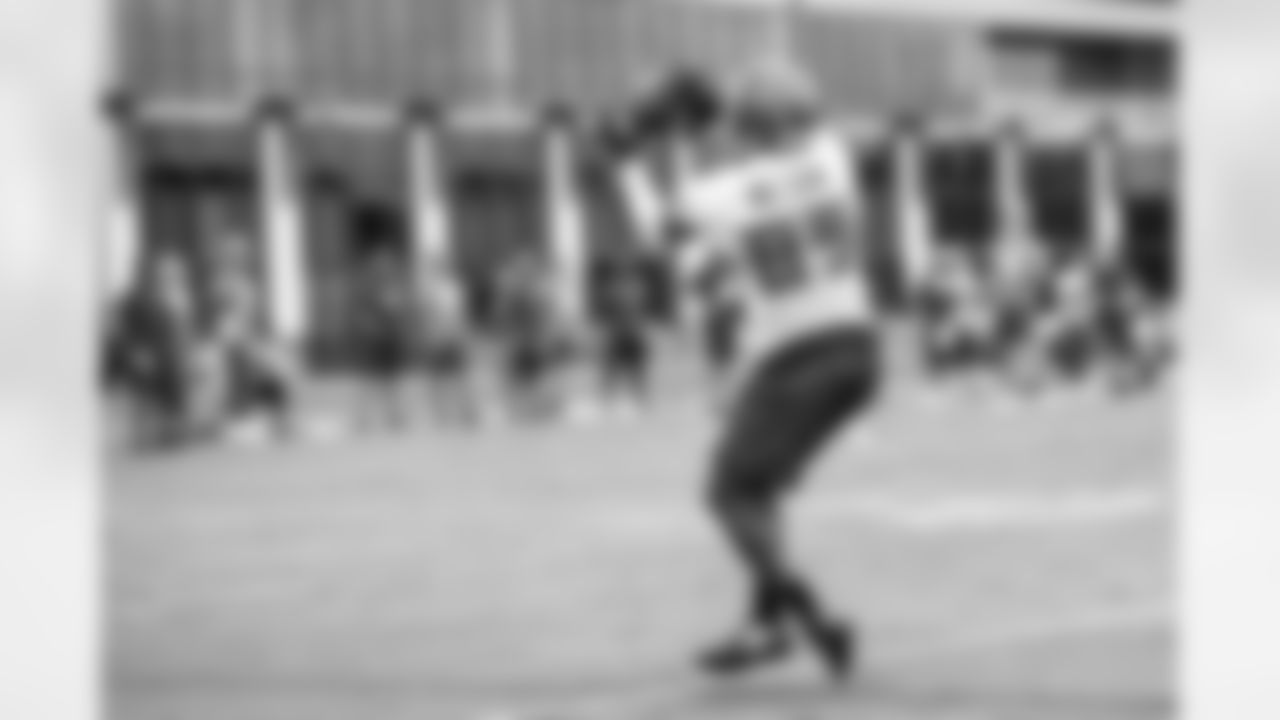
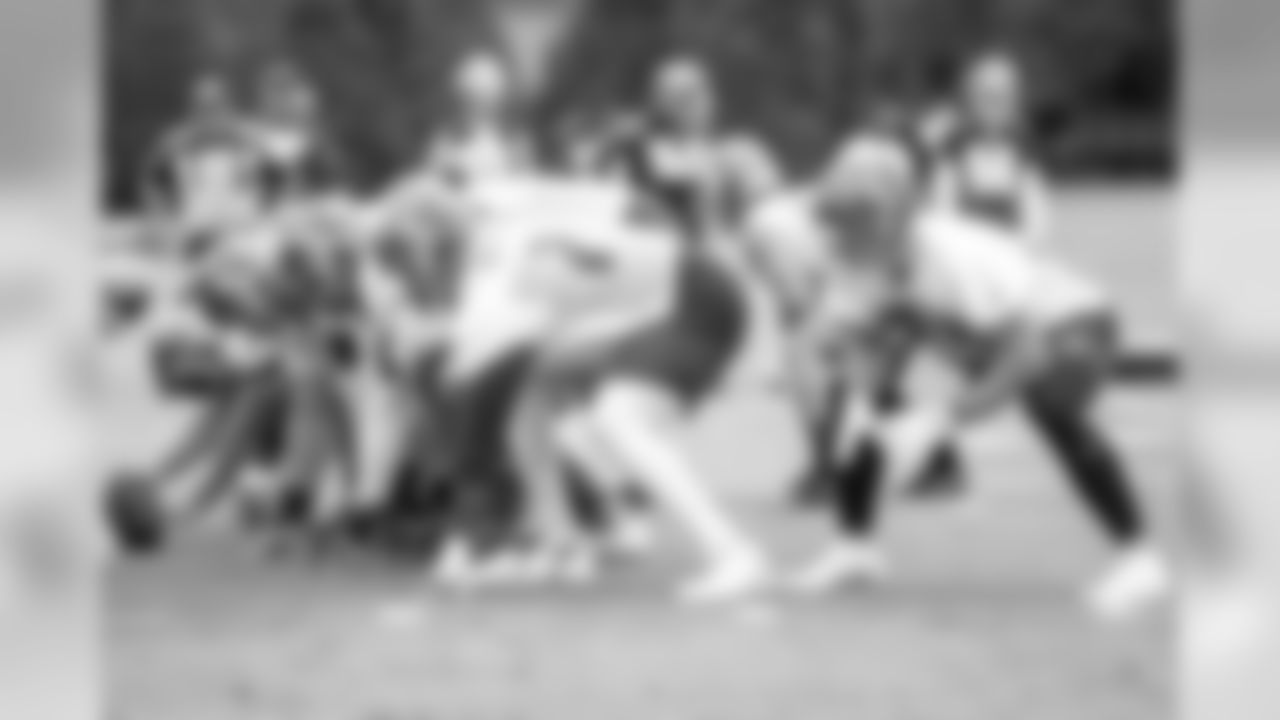
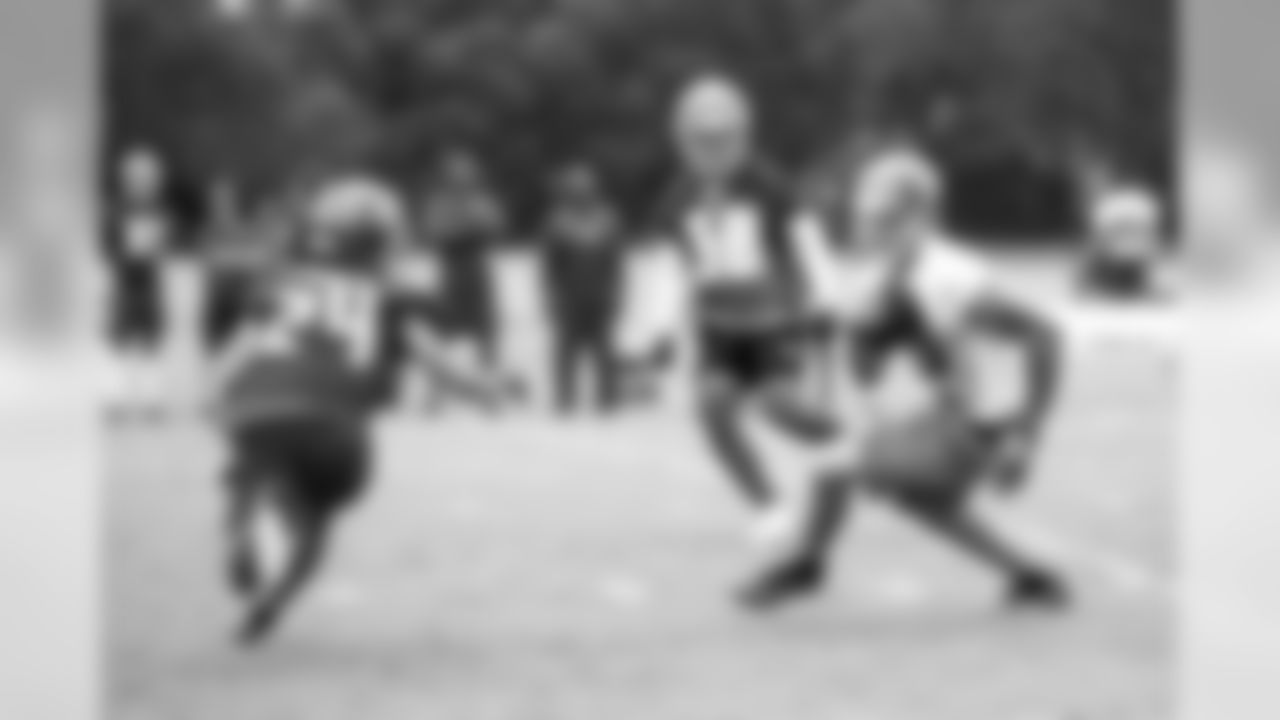
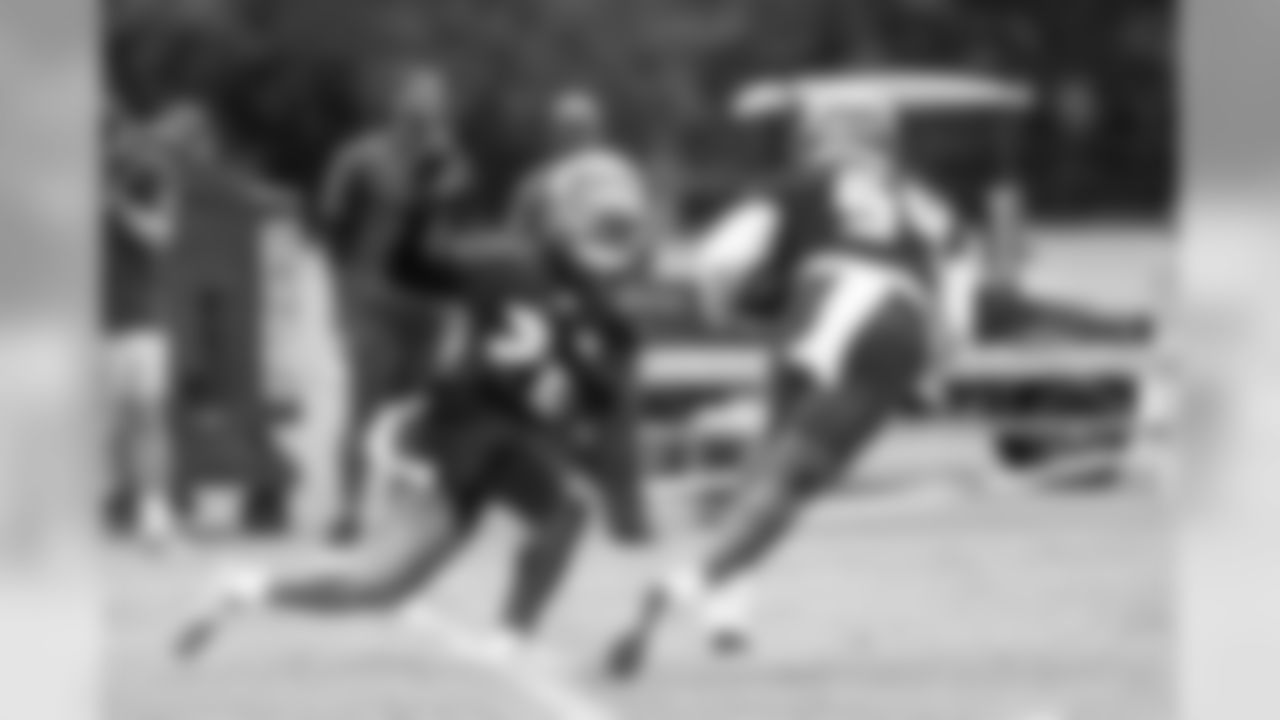
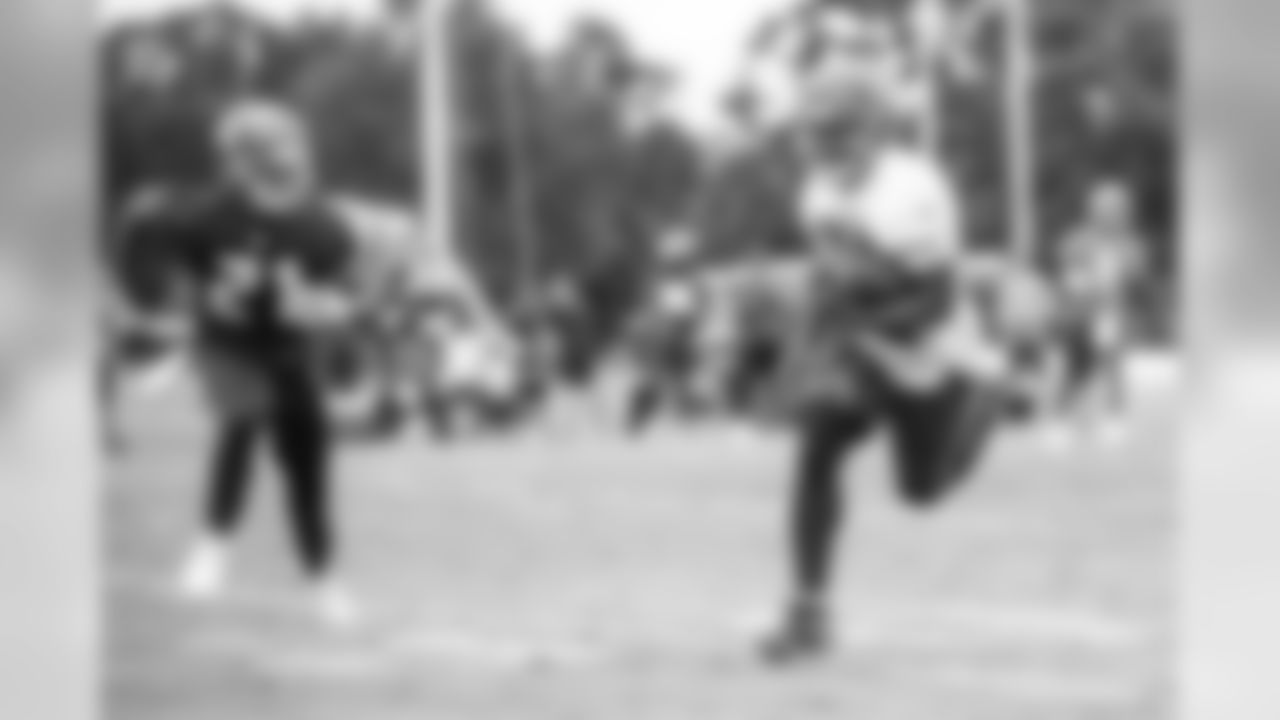
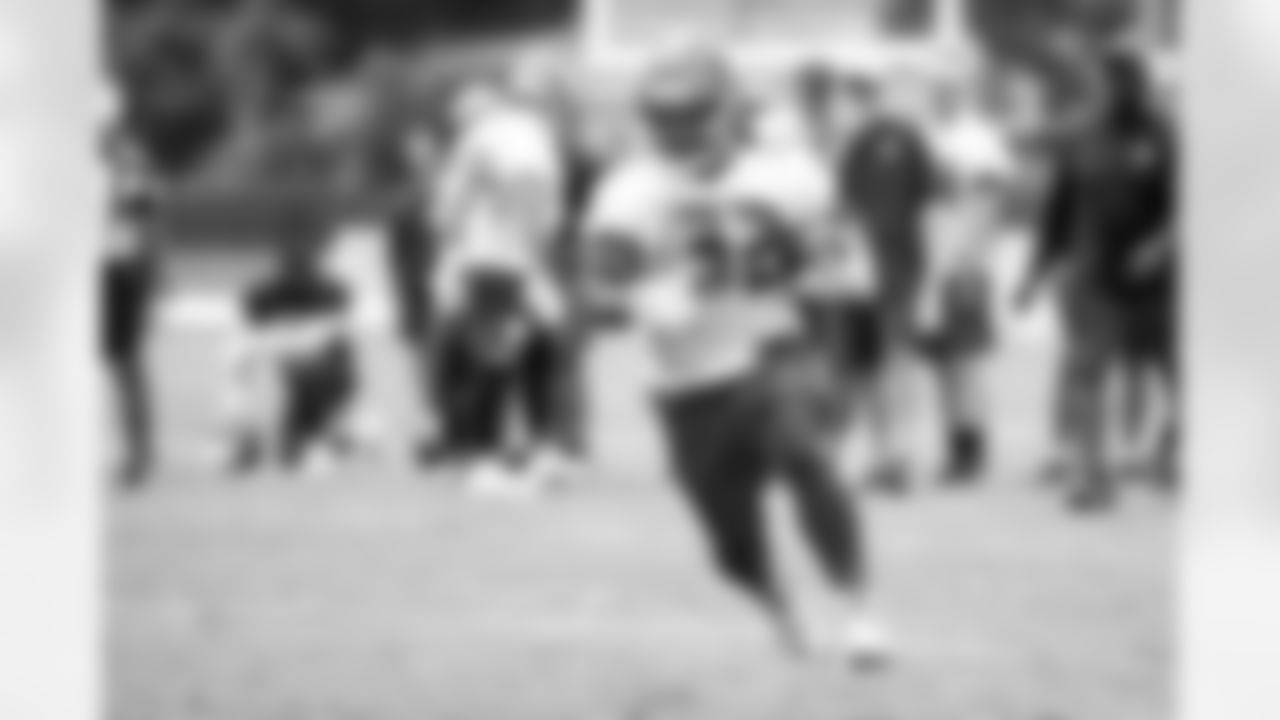

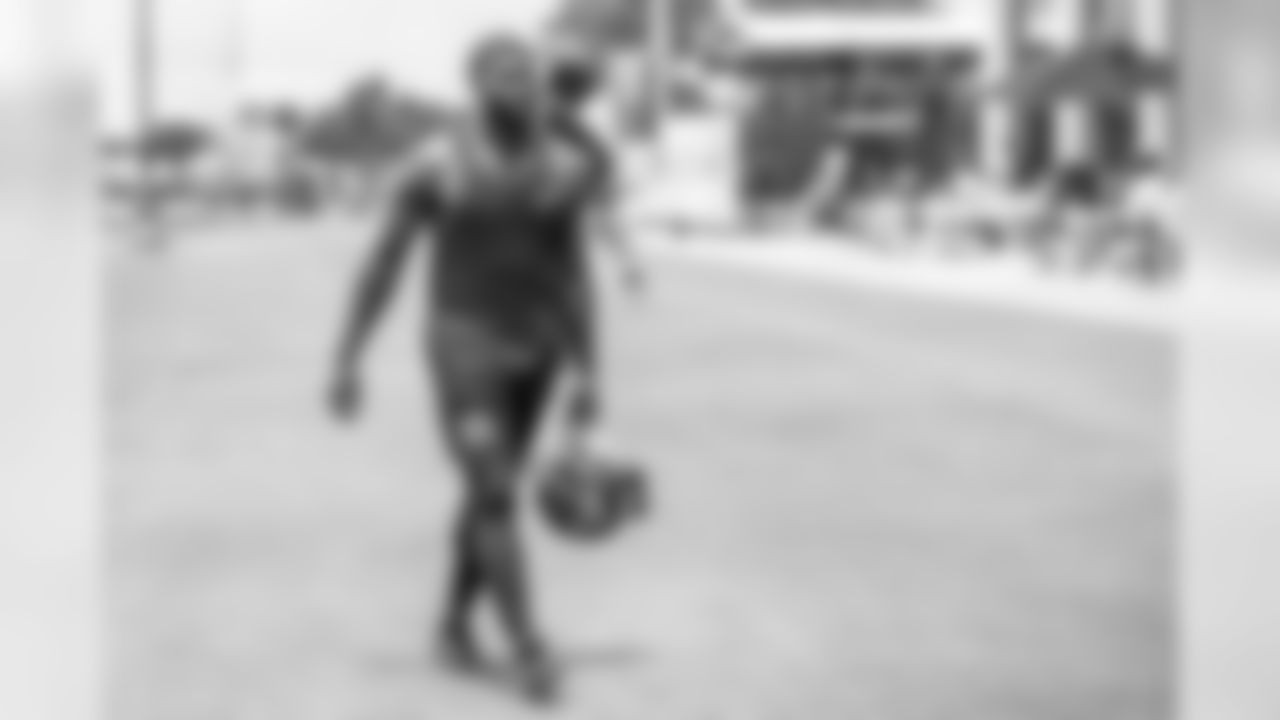
The Tampa Bay Buccaneers' 2018 offensive backfield may not end up being significantly different than last year's version, at least in terms of the list of names involved. It will be quite different, however, in terms of style and, if all goes well, production.
It is possible and perhaps even the most likely outcome that the Buccaneers will head into the coming season with three of the same four backs as they had at the end of 2017: Peyton Barber, Jacquizz Rodgers and Charles Sims. The missing name is Doug Martin, who was released in February after a second straight unproductive season. Taking his place is former USC star Ronald Jones, the 38th overall pick in last month's draft.
That's a big change. Though Barber was starting by the end of last season (and still figures to play a prominent role in 2018), the last six seasons have essentially been the Doug Martin era in the Bucs' backfield. In two of those years – 2012 and 2015 – Martin was among the league's best backs and Tampa Bay's rushing attack was where the team wanted it. The Bucs hope the addition of Jones and the further development of Barber will bring those days back.
As the Buccaneers wrap up their offseason workout program, we are taking a new position-by-position look at how the 90-man roster will stack up for the start of training camp in late July. With free agency essentially over and the draft in the rear-view mirror, that roster is essentially set, though there could be a few changes on the back end before camp opens. We started this review on Tuesday with the quarterback position. Now it's time to take a longer look at the players to whom those QBs will be handing the ball.
Today's position: Running Backs
Addition(s): Dalton Crossan (first-year free agent), Ronald Jones (second-round draft pick), Shaun Wilson (undrafted rookie)
Subtraction(s): Doug Martin
Returning Players: Peyton Barber, Austin Johnson (FB), Jacquizz Rodgers, Charles Sims
The very first change the Buccaneers made to their backfield was the release of Martin on February 20. It was an expected move given Martin's numbers the previous two seasons and the size of his contract; he has since signed with the Oakland Raiders, his hometown team. Two days later, the team added Crossan, a former undrafted free agent who went to camp with the Colts last year. Crossan didn't land on an NFL roster or practice squad last fall, but he put up big numbers at New Hampshire (5,189 career all-purpose yards) and could have added value as a kick returner.
Rodgers is back on the second half of the two-year deal he signed in 2017 after a surprisingly productive 2016 campaign. Barber got a new one-year deal in February shortly before he would have become an exclusive rights free agent. Sims tested the free agent market but eventually re-signed with Tampa Bay just before the draft.
As expected, again, Sims's return did not change the Bucs' plans to address the running back corps in the draft. This year's crop of tailbacks offered a lot of quality options early in the second round – Georgia's Nick Chubb went a few picks before Jones and Auburn's Kerryon Johnson followed a few later – and the Bucs surprised no one when they dipped into that depth. It helped, of course, that a trade the previous evening had brought Tampa Bay two additional second-round selections so the team could address both the offensive and defensive backfields.
Finally, the Buccaneers made Duke's Wilson one of their priority targets among the undrafted rookies, adding another intriguing piece to the training camp competition. What both Jones (certainly) and Wilson (possibly) will bring to the position is high-end speed. Wilson profiles as a potential third-down back and also has return ability.
"With the two young guys, those two young guys, they have speed," said Running Backs Coach Tim Spencer. "They have some speed that we really hadn't had at the running back spot. They're very quick, so we have to capitalize on some of that. Shaun's a quick learner. He's kind of been in sort of some of the offense that we've been in so he picks it up pretty good. So I'm looking forward to seeing what he can do when we really get the pads on, but I know he's going to do alright because he's tough and he's got a chip on his shoulder. He's another small guy; everybody told him all along coming up, 'You can't do this, you're too small for that.' He's just out to prove what he can do.
"Obviously I like [Jones's] speed and quickness. Size-wise, he has good size but he'll probably put on some more pounds. But mainly we like his agility, we like his ability to maybe that hit that long one every now and then. We'll see how it goes. But he's a fast learner. I like the way he's learning right now so I think he'll fit right in. He fits right in with the group right now."
Barber took the lead role from Martin for the last five games of 2017 and made a strong impression. He had 335 rushing yards over that span, including a 100-yard game in his first start at Green Bay, and averaged 4.3 yards per carry. Another former undrafted player, Barber was better in his second season then he was as a rookie, making sharper cuts and breaking tackles, and the Bucs expect him to continue to improve.
"I think he has a high ceiling," said Spencer. "One of the things, this is his third year so he has a good feeling of what we're trying to do offensively. Peyton can catch the ball and he can run routes even though he is a good-sized back. Height-wise he's probably 5-10 but he's like a 230. That's a pretty good combination. I like the way he runs, I like his attitude, I like the way he's learning and being able to pick up things. Obviously he's in the mix so it will be interesting to see how it plays out."
Jones and Barber are likely to share most of the handoffs this fall, barring injuries. However, Rodgers is a nice insurance policy who had a pair of 100-yard games in 2016, as well as a strong contributor on special teams. Sims's best work generally comes as a pass-catcher on third downs.
"We know what he can do," said Spencer. "We know that Chuck can block, we know that Chuck is tough. Now is he a short-yardage guy? We know that he's not a short-yardage guy, but all the other things, Chuck's pretty good. Chuck's pretty good. He'll pick up the blitz, he knows where to go, he's got great hands, he can make people miss."
Johnson is the only player on the Bucs' roster listed as a fullback, but the Buccaneers use some of their tight ends in a lead-blocking capacity and there's a blurring of the lines between those two positions. In terms of a roster spot, Johnson is more likely in competition with the likes of Alan Cross and Donnie Ernsberger than the above tailbacks.
**
Notable 2017 Numbers**: The goal stated by Dirk Koetter and the Bucs' coaching staff – among their list of statistical milestones they feel are important to win consistently – is 125 rushing yards per game. They last hit that in 2015, averaging 135.1 per outing to rank fifth in the NFL. That number dropped to 101.9 per game the next year and then fell further to 90.6 per game in 2017, which ranked 27th in the league. Tampa Bay also ranked 27th and 29th the last two seasons in yards per carry, with an average of 3.64 in that time.
The team addressed that shortcoming during the offseason not only with the addition of Jones but also some changes on the offensive line. Former Raven Ryan Jensen, signed to a big deal as an unrestricted free agent, steps in at center and moves rising star Ali Marpet to left guard. The right guard spot remains a bit unsettled but the Bucs have several options there.
"That's a function of everybody," said Spencer of the unsatisfactory rushing attack. "We didn't do a good job all the way around – backfield, up front, everybody was involved with that. It was frustrating, but at the same time you've got to look at it and say, 'Hey, this is what I didn't do or this is what I need to do. This is what I can do better.' We have to be better, we've got to run the ball a heck of a lot better."
Also evident in the statistics: the Buccaneers want to run the ball. Koetter has been the Buccaneers' play-caller the last three years, first as the offensive coordinator and then as the head coach. During Martin's last big year in 2015, Tampa Bay ran on 57.5% of their first-down snaps, the fifth-highest rate in the NFL. Even when the running game cratered in 2016, Koetter still called runs on 55.3% of the team's first downs; that was down just a bit from the previous year but actually ranked third in the NFL. Only last year, did the situation become untenable, in part due to a lot of early deficits, and the Bucs only ran on 49.2 of their first downs, ranking 25th in the league. It's a near certainty that Koetter would like to get that number back up again, which would create more favorable play-action situations for young quarterback Jameis Winston and aid in his further development.
Sims was the Buccaneers' top pass-catching back last year, with 35 catches for 249 yards. That was a similar total to 2016 but in 2015 – again, the last year the Bucs had the running game they wanted – Tampa Bay backs combined for 89 receptions and the duo of Martin and Sims had 832 yards and five touchdowns via the passing attack. The Buccaneers are hopeful that Jones can make an impact in this area, as he is an explosive player in the open field. Jones didn't get a large amount of opportunities in the passing game at USC but Tampa Bay coaches think he has the necessary talents to develop into a player who can be productive catching passes out of the backfield.
"We certainly hope that he's going to be a three-down back and I certainly envision him [being one]," said Spencer. "Obviously, he's got some work to do in terms of being able to run certain pass routes, motioning around, catching the ball, but he can pick up the blitzes and things like that. They didn't really ask him to do [much] in the passing game out there, but yeah we want him to be able to catch the ball because we have some things we'd like to give him with his speed."
Finally, the Buccaneers are hoping they can bring the occasional big play back to their ground game. In 2015, Tampa Bay ranked 10th in the NFL in carries of 10 or more yards and first in carries of 20 or more yards. They also had a league-high four runs of 50 or more yards that season. The last two years the Bucs haven't ranked any higher than 28th in 10 or 20-yard runs, and they've had zero carries of 50 or more yards. Again, this is an area in which the Bucs expect input from Jones, in particular.
Key Question: How will the carries be split between Barber and Jones?
This is a good problem for the Buccaneers to have. Few teams rely exclusively (or almost exclusively) on one running back in today's NFL. The reigning-champion Eagles finished third in the NFL in rushing yards per game last year but didn't have a single running back gain more than 766 yards on the ground. They did have five different backs who recorded 174 or more yards. The New Orleans Saints gave Drew Brees his best running game in a long time by splitting the work between Mark Ingram and Alvin Kamara and throwing both of them a lot of passes.
On paper, Jones looks like a good complement to Barber. He's a smaller back – though as Spencer noted, not too small to carry a big load – but faster and more explosive. Barber makes yards after contact and would likely be a better choice in short-yardage situations and when the Bucs are trying to wear down an opponent. Koetter could also conceivably devise a package of plays that puts Barber and Jones on the field together and creates more possibilities for the opposing defense to worry about.
Koetter and company probably won't head into training camp with a preconceived notion of exactly how they want to split the carries. Depending upon how effective Jones is early, he and Barber could end up in a fairly even timeshare, or the Buccaneers may decide to lean on the hot hand from game to game. Whatever the final formula, it will need to produce better results on the ground than the team has enjoyed the past two seasons.
























